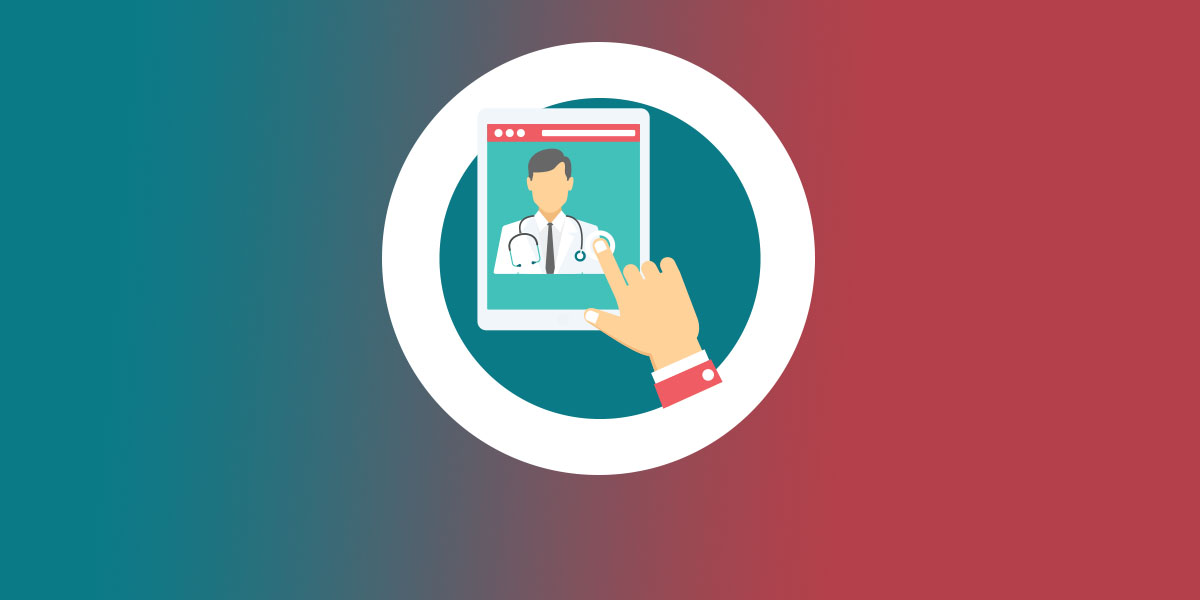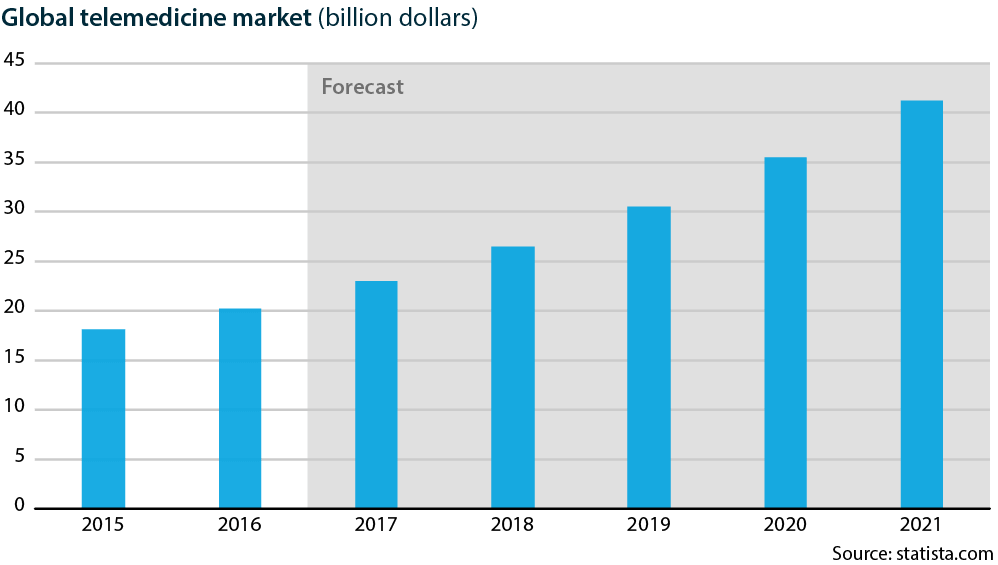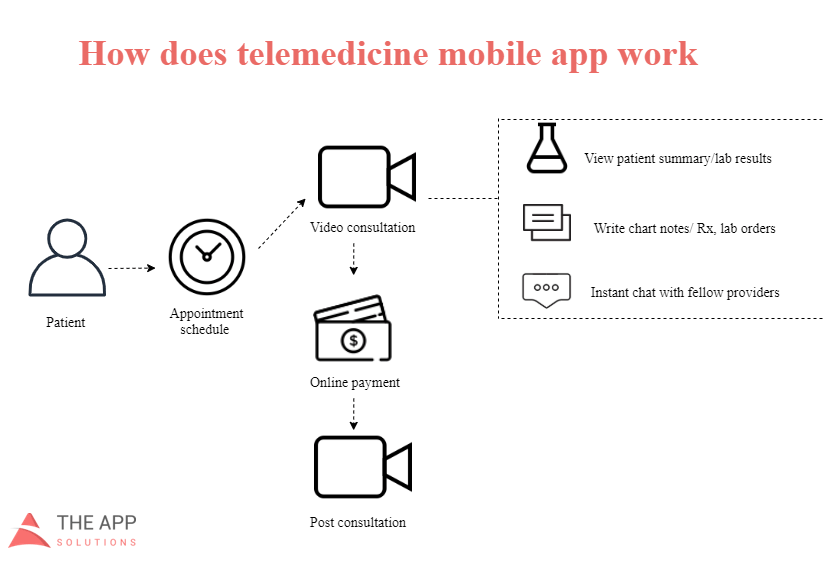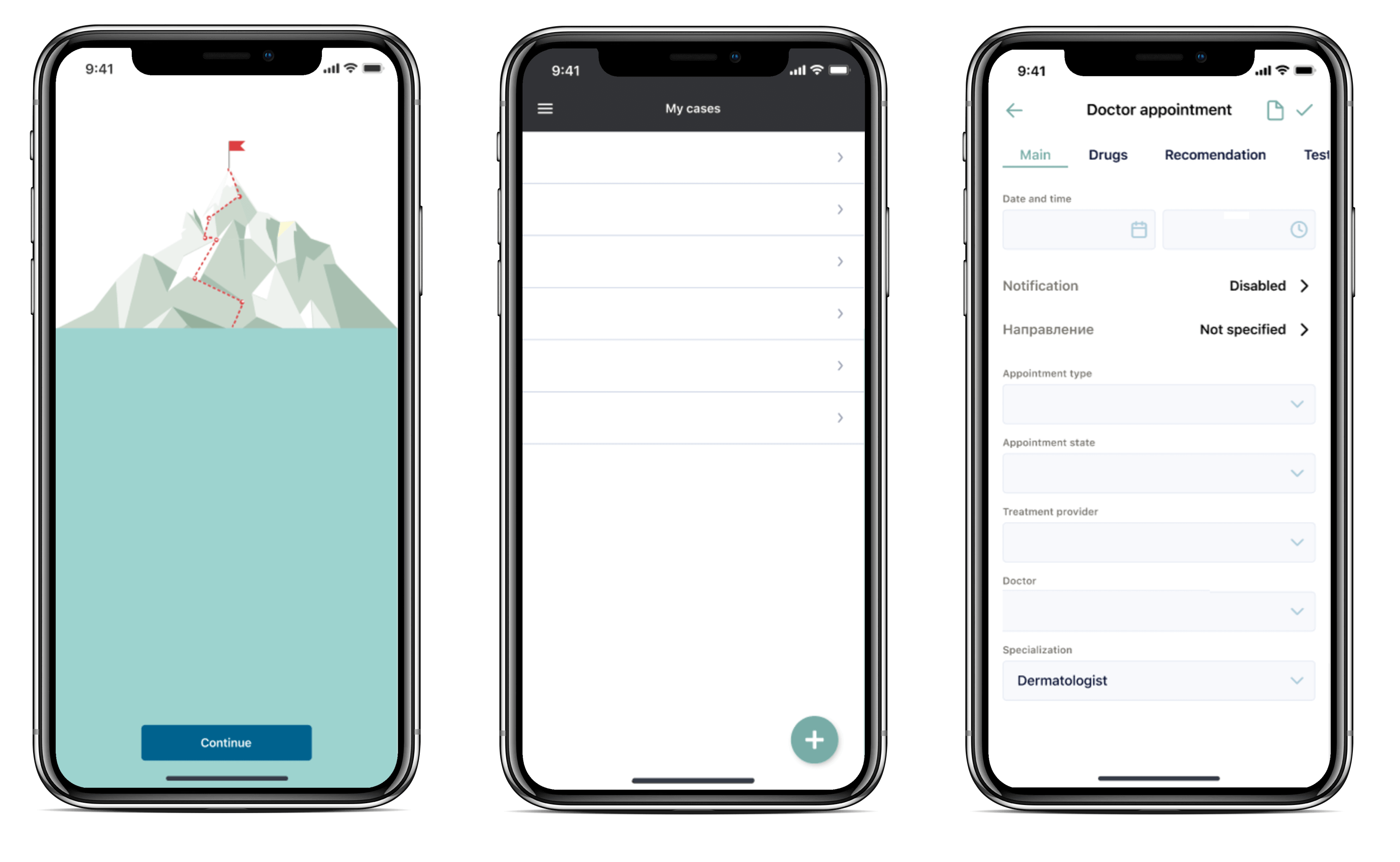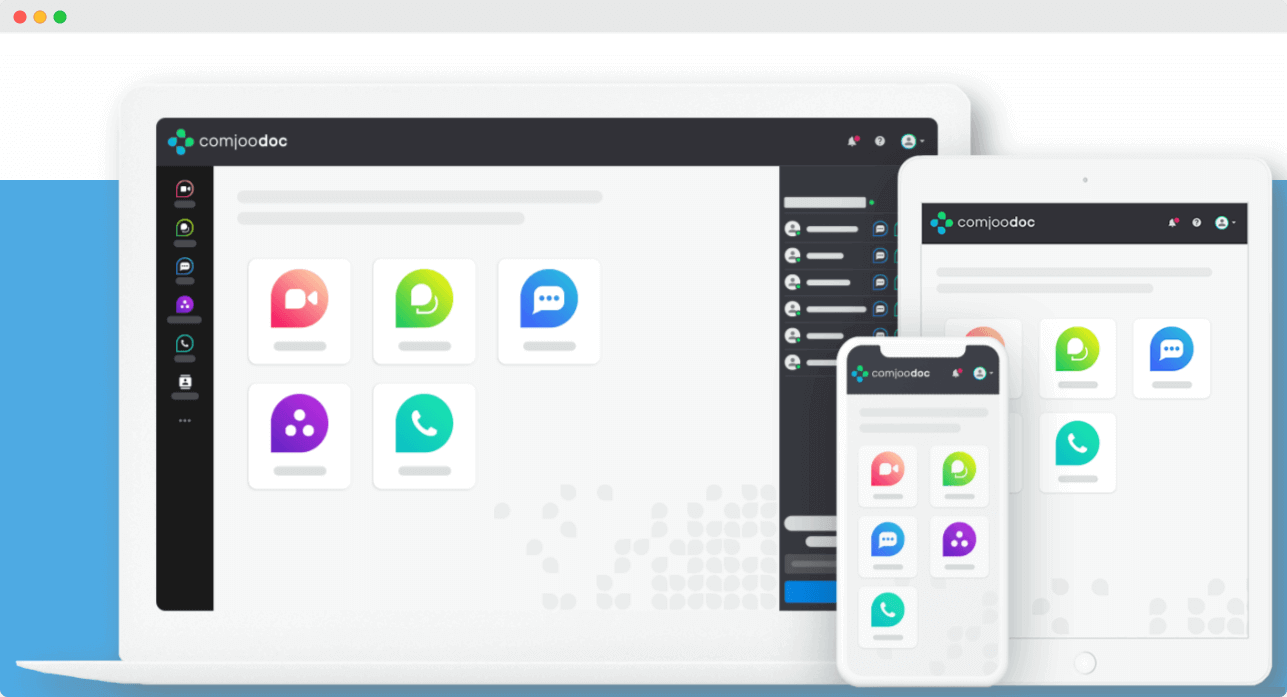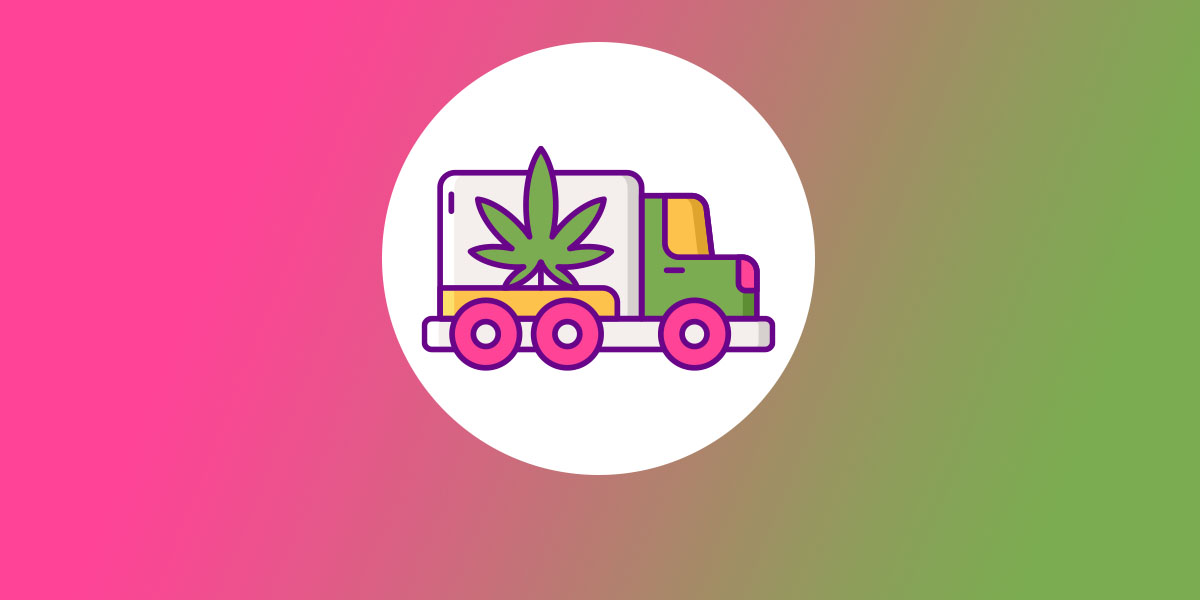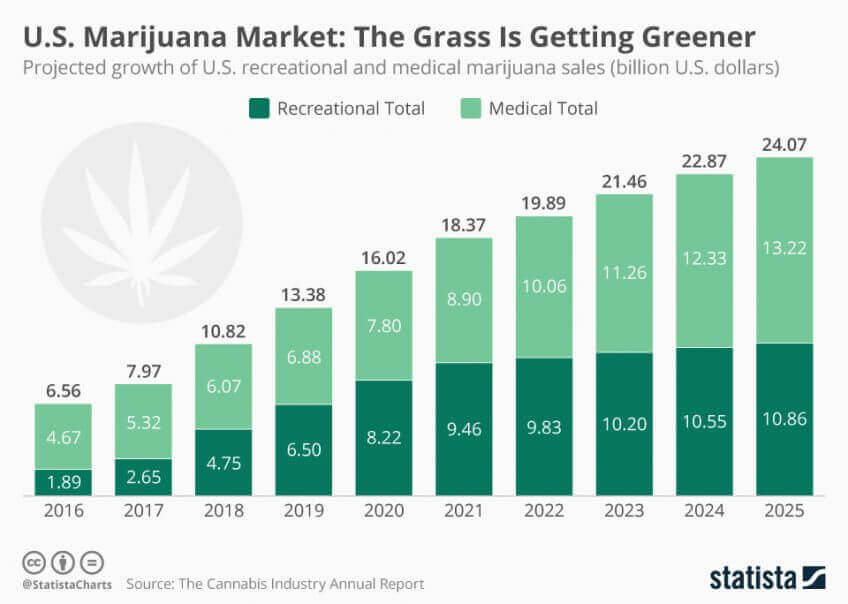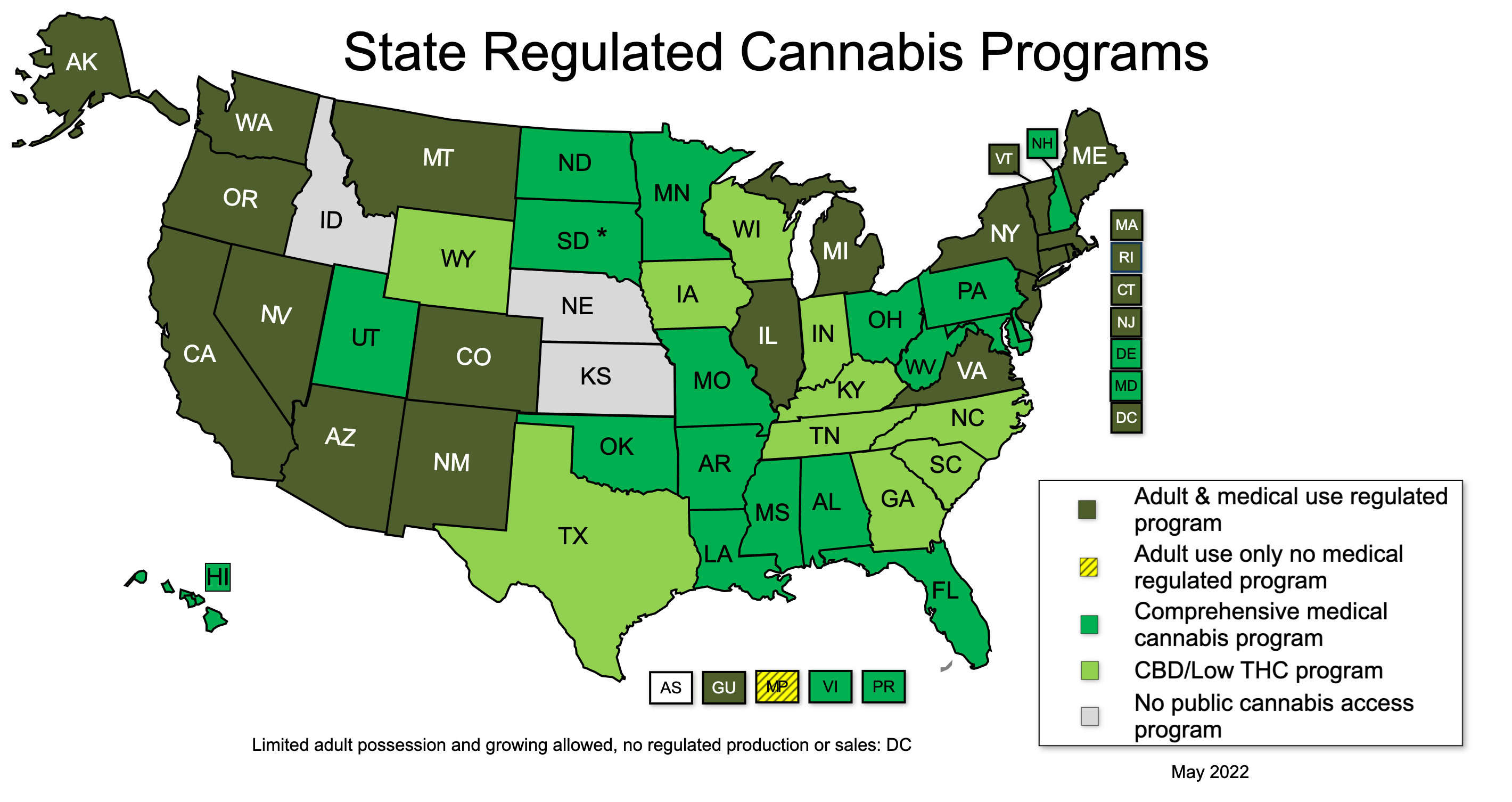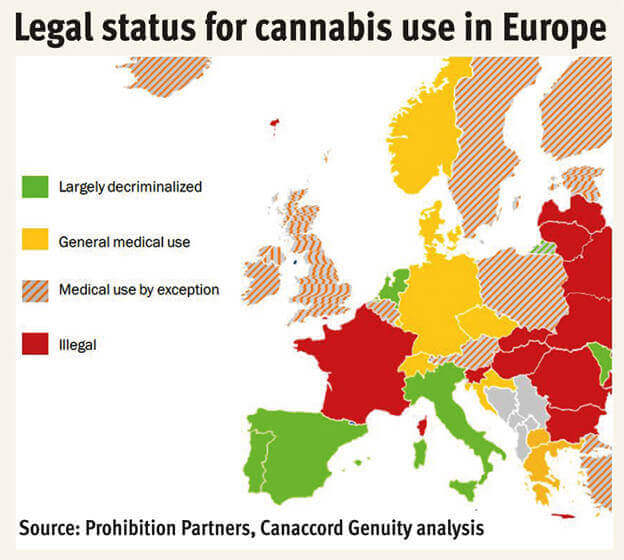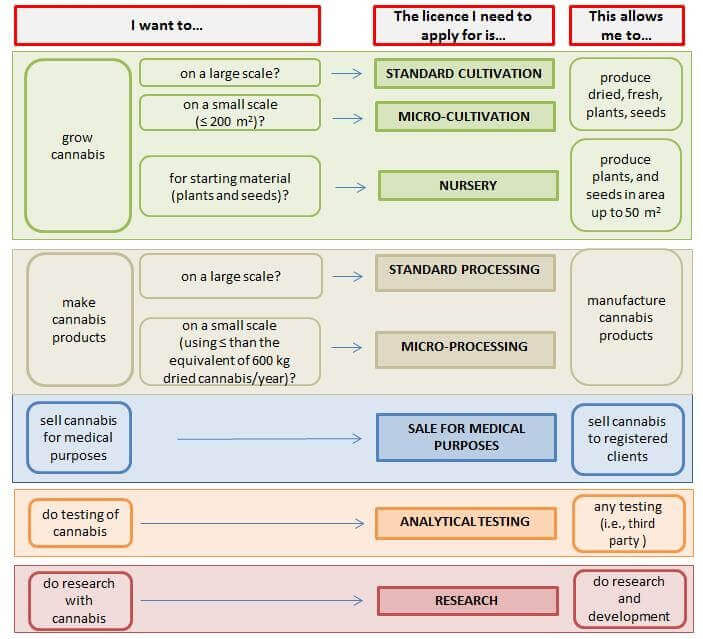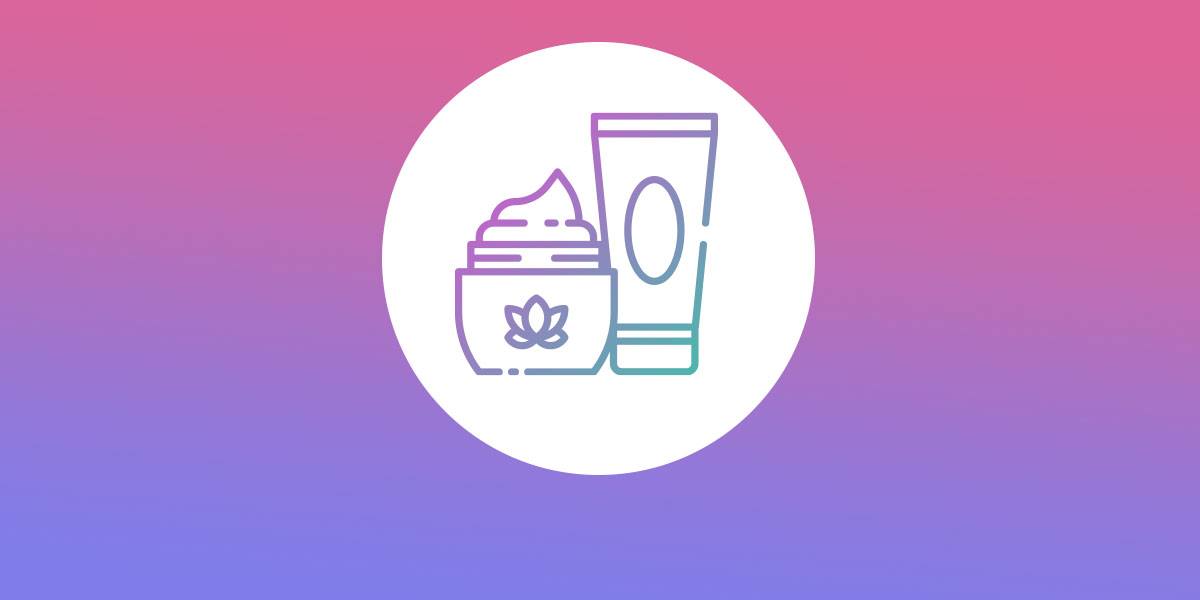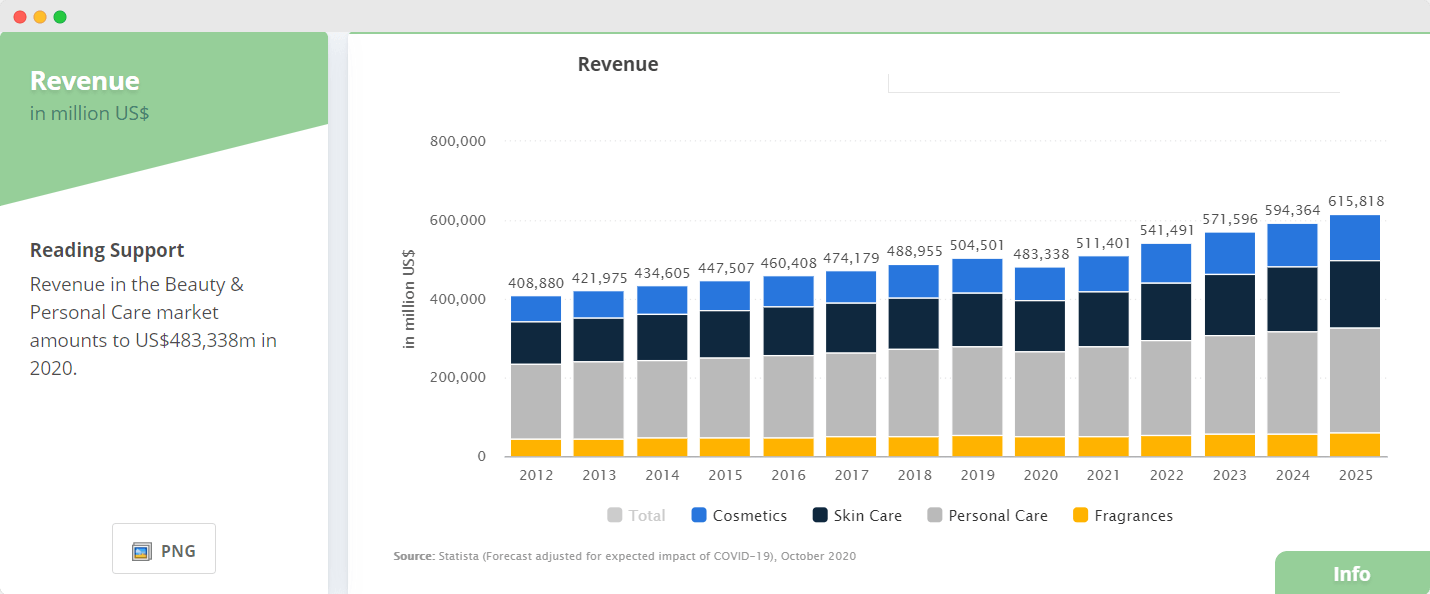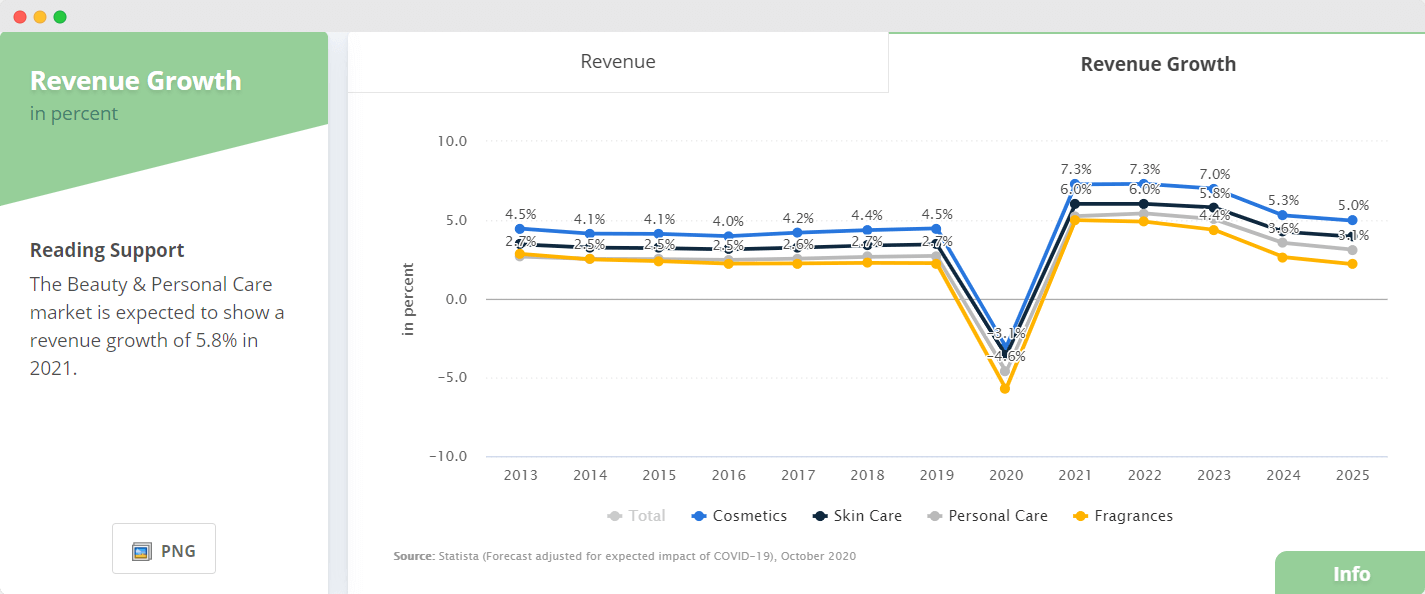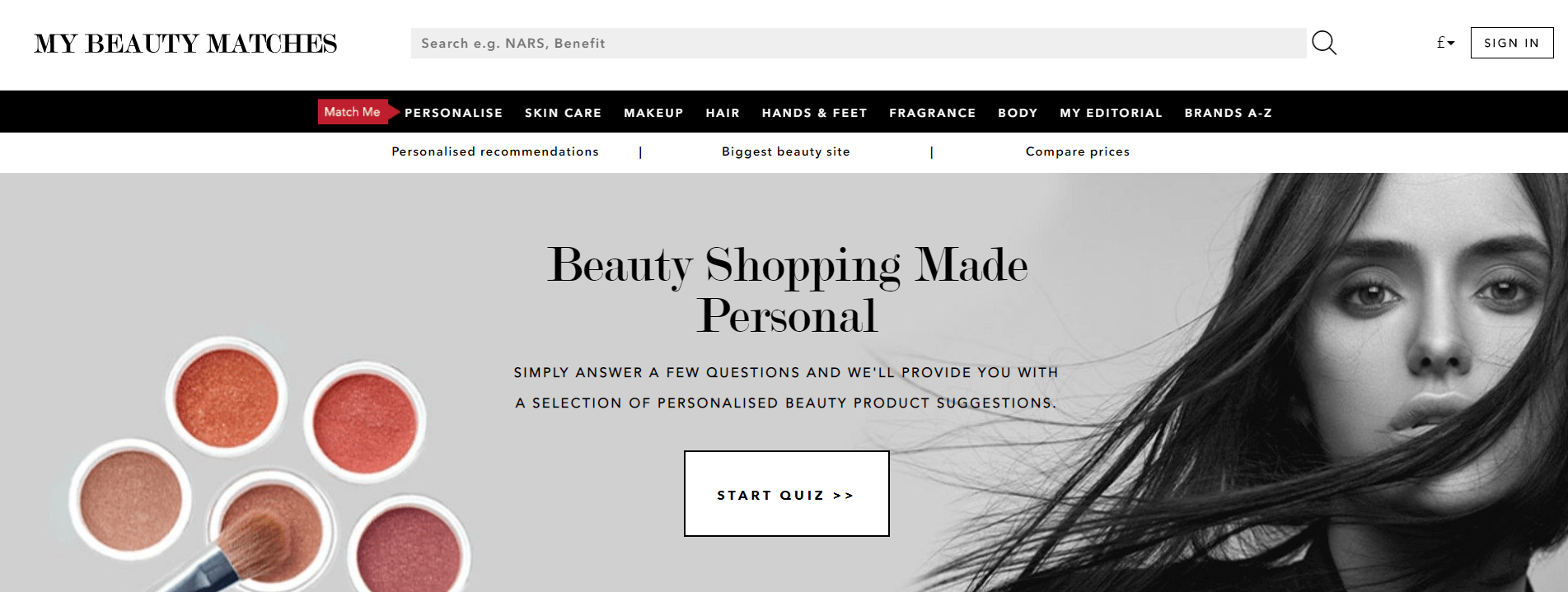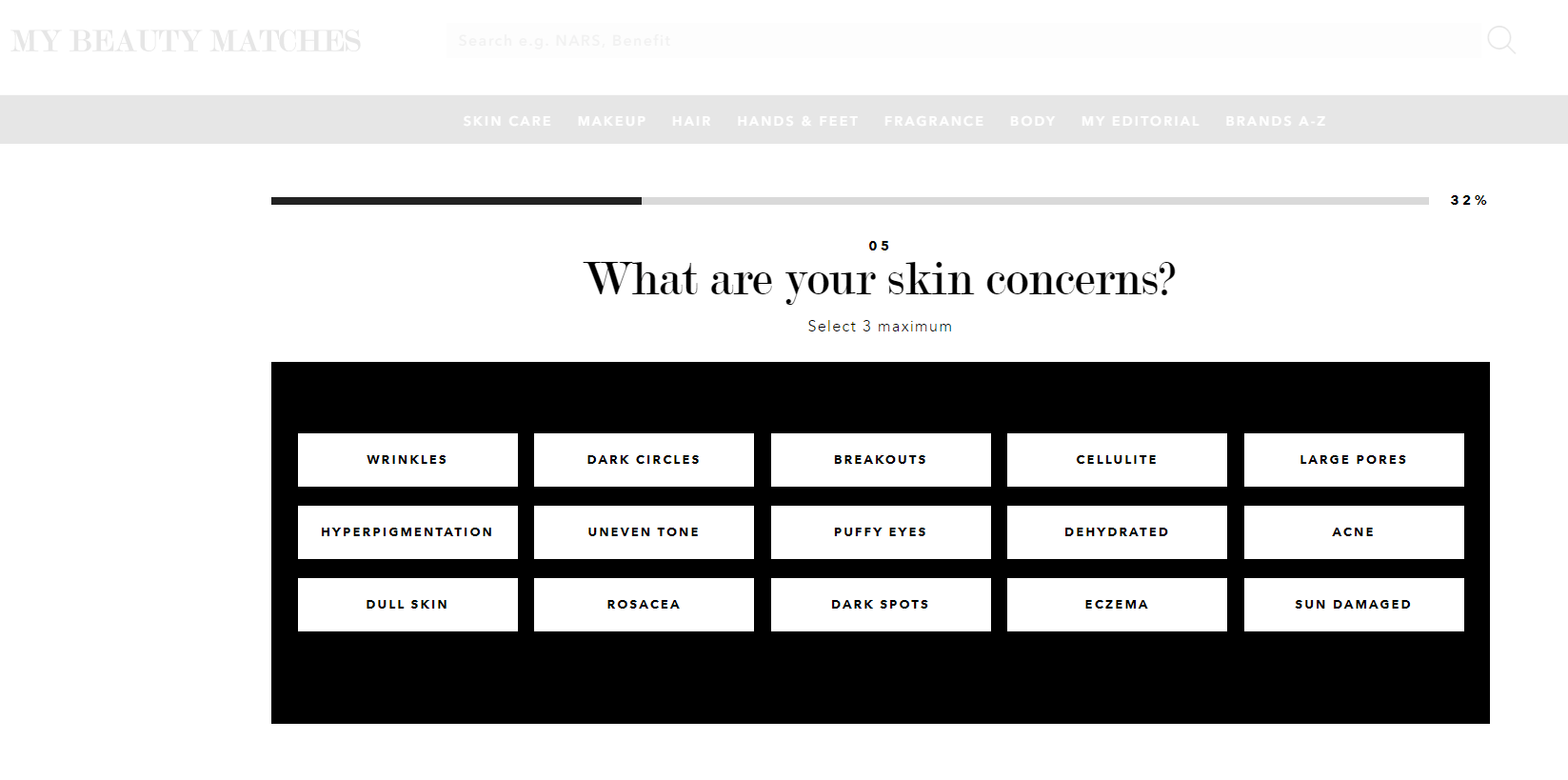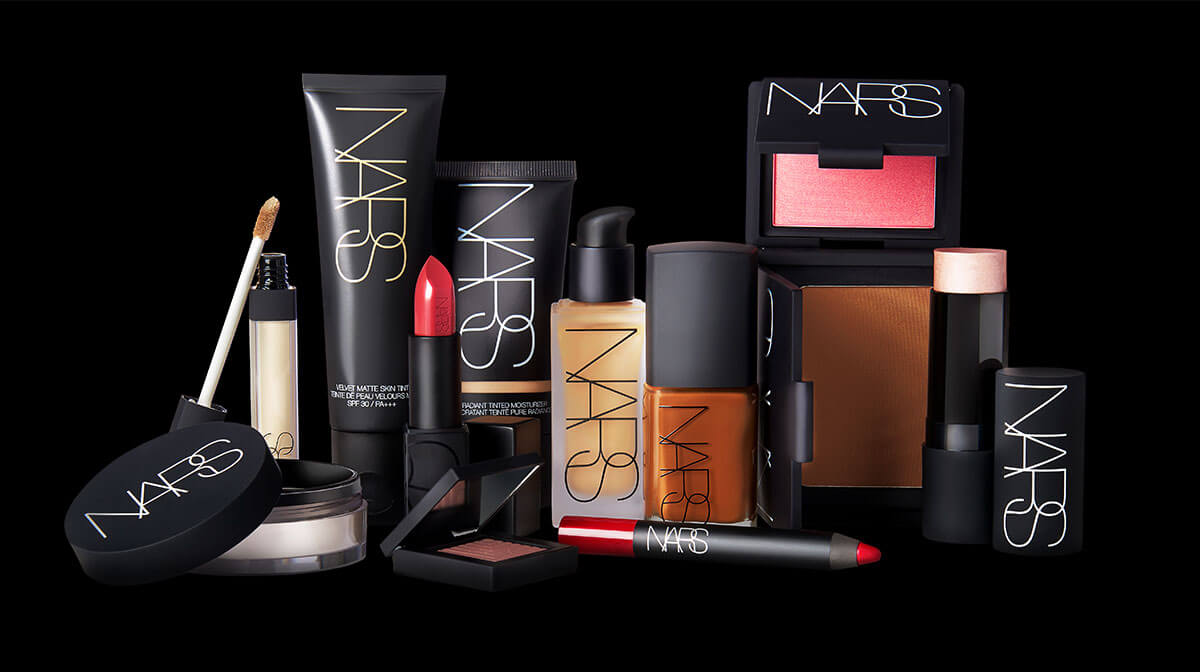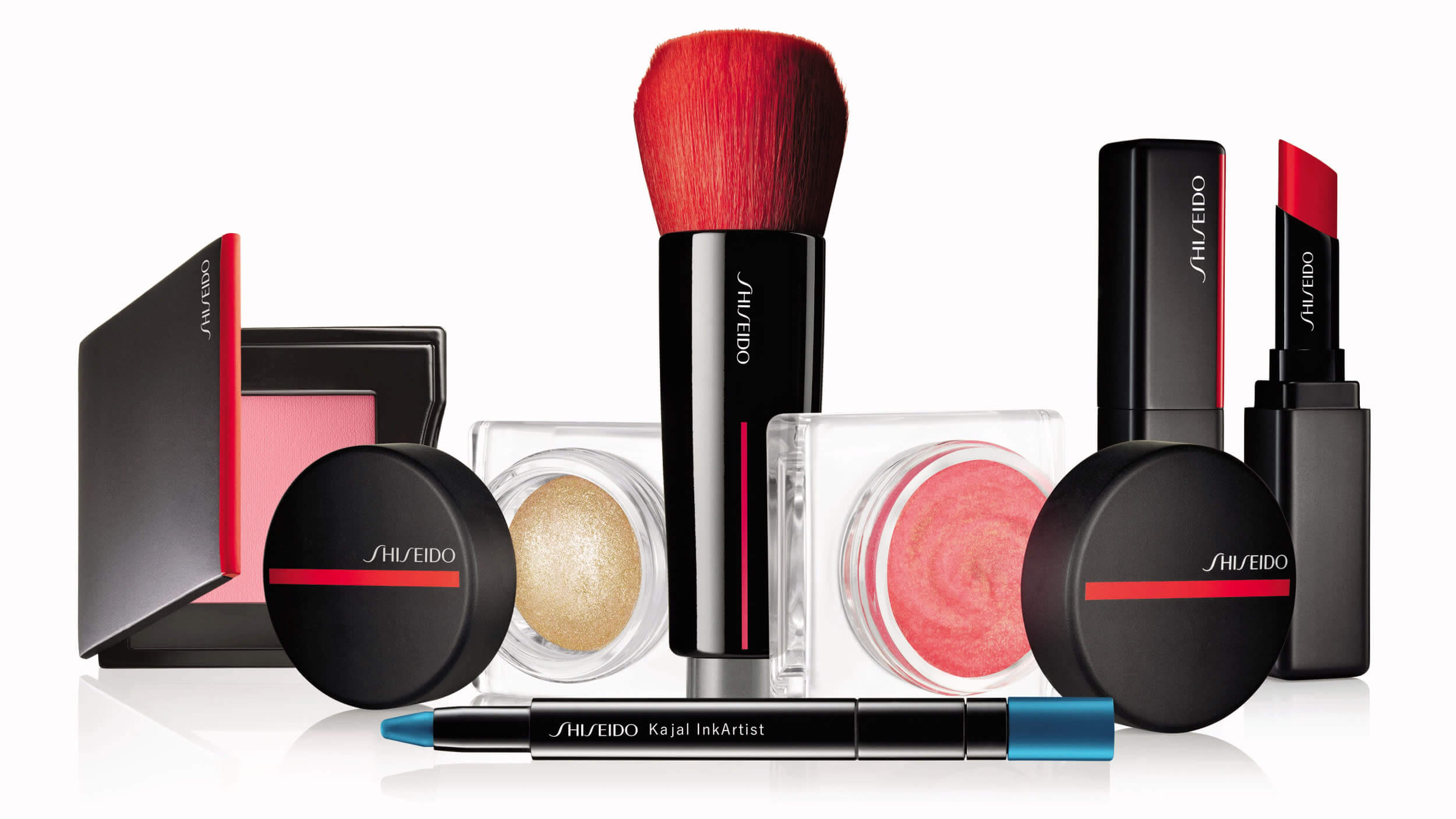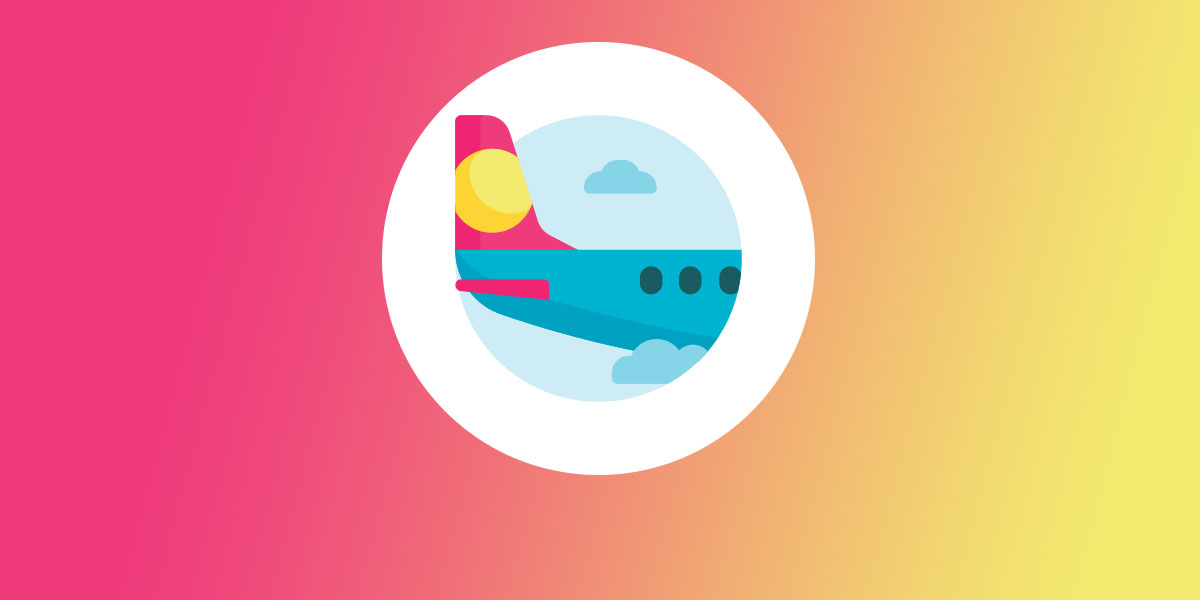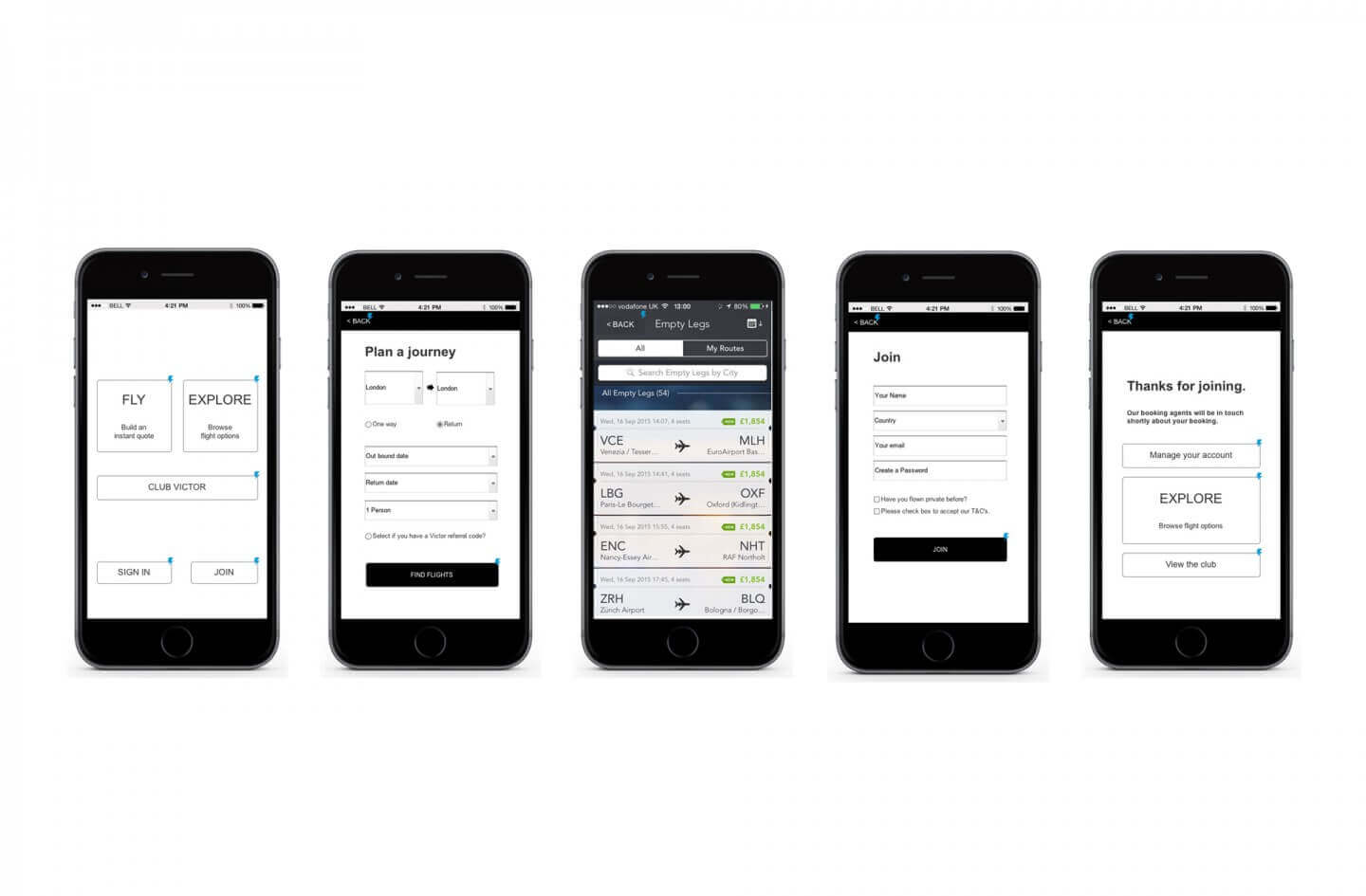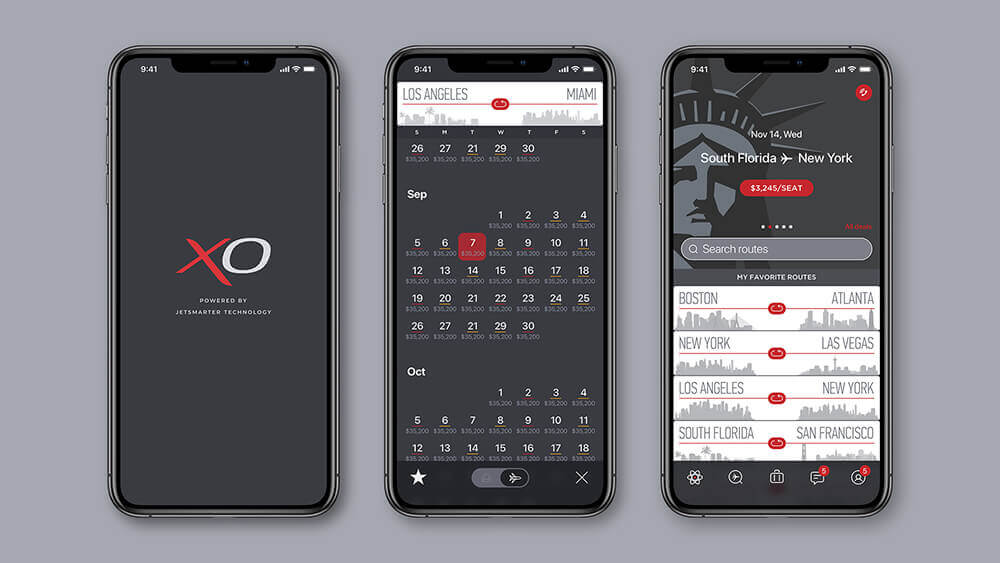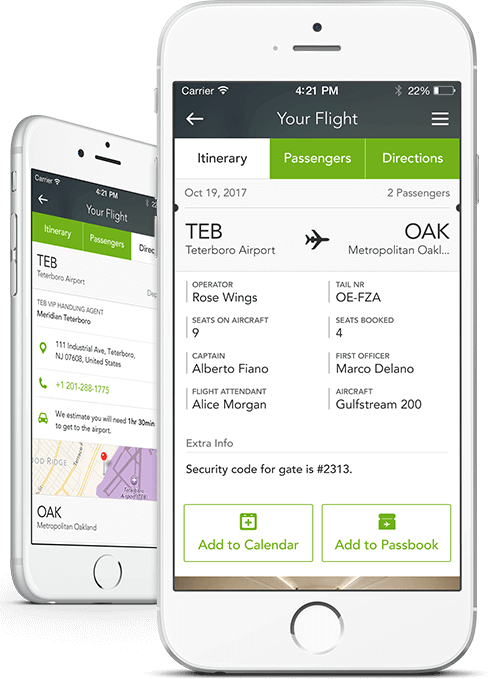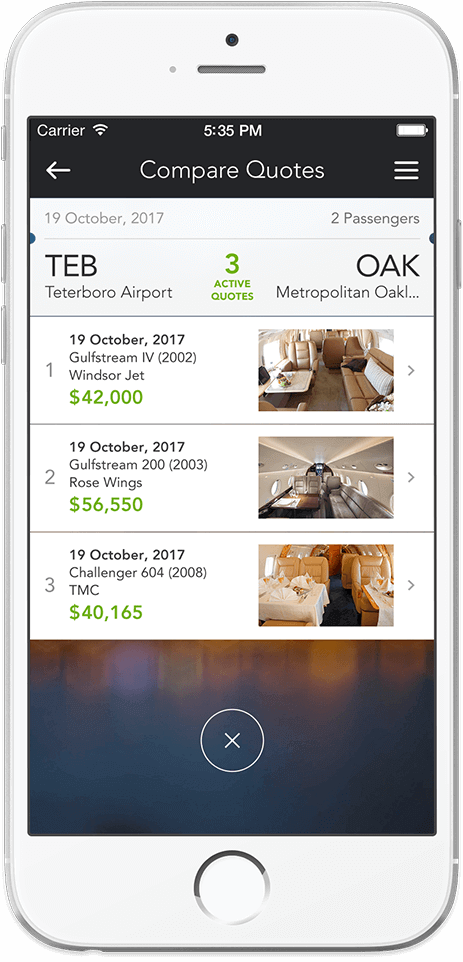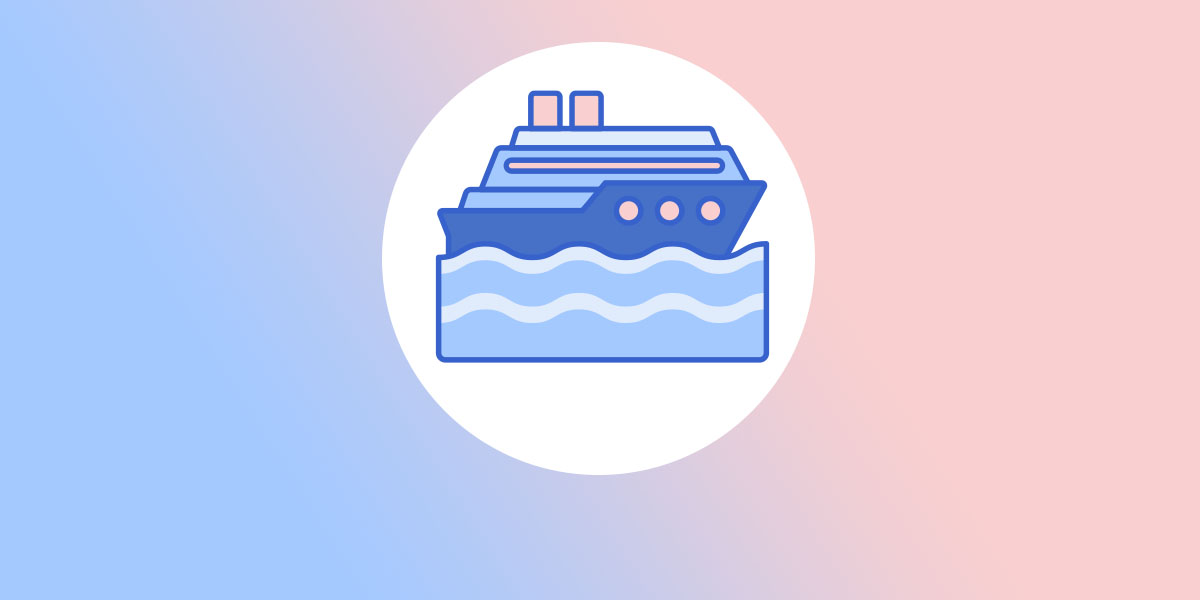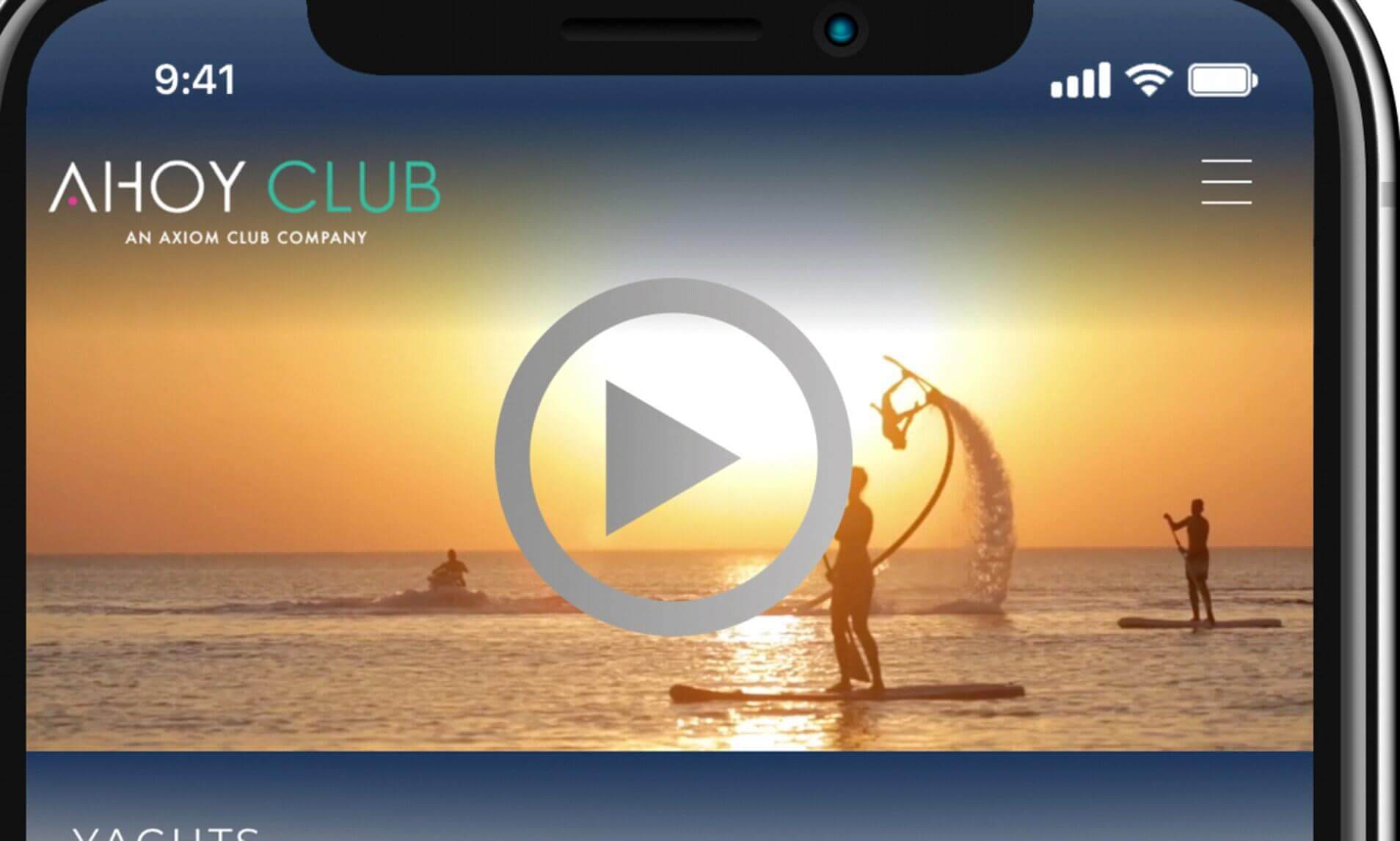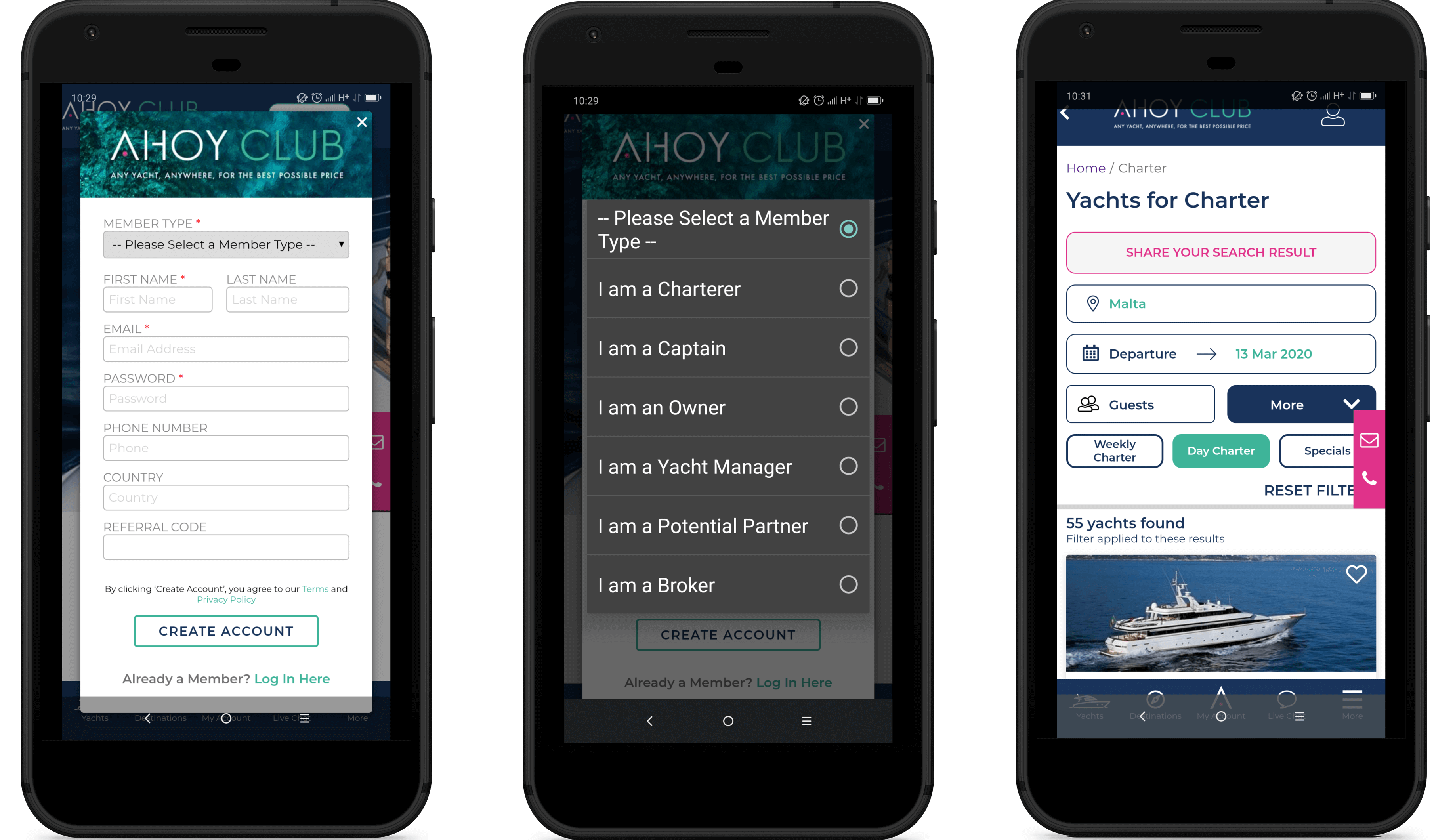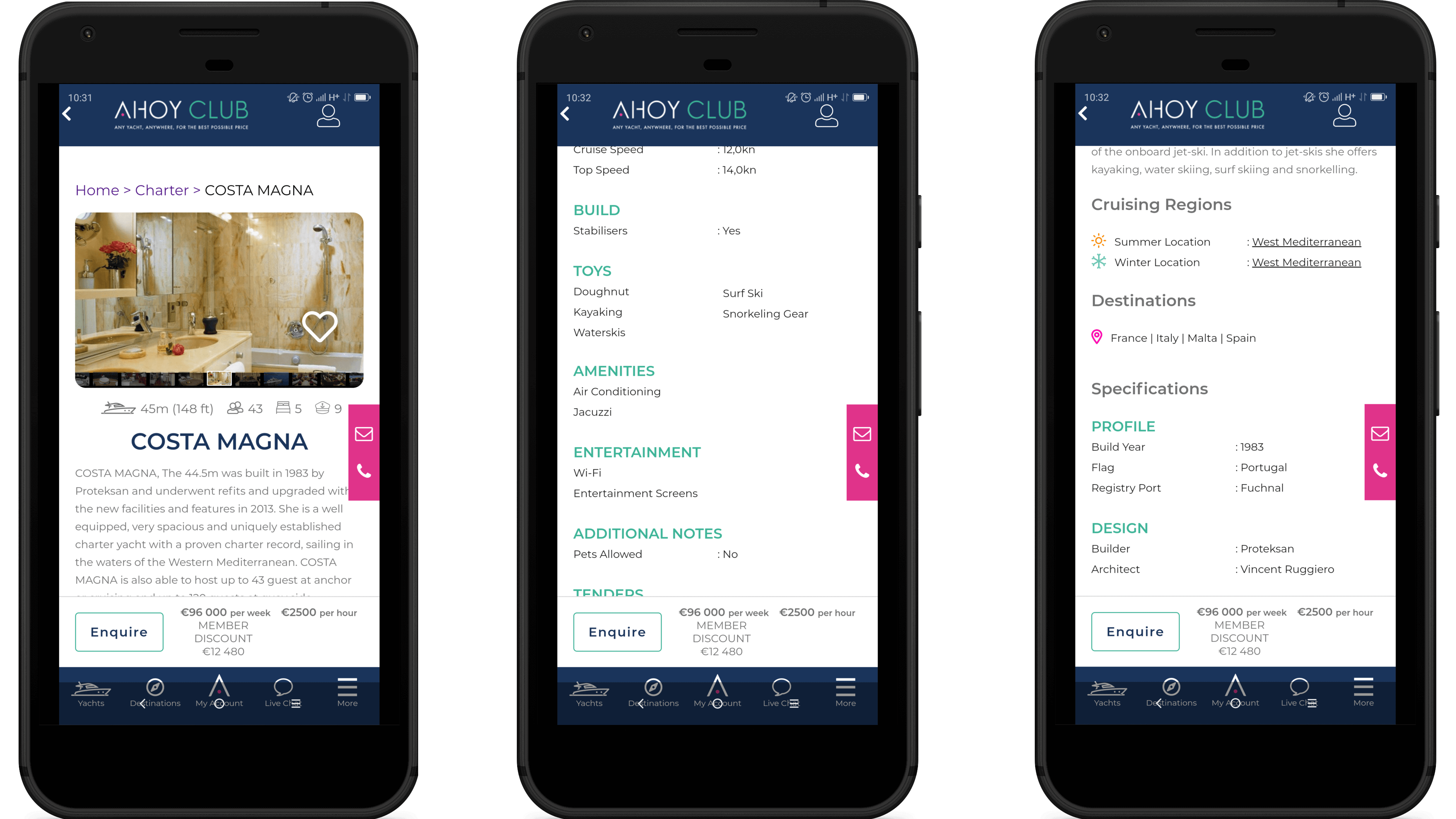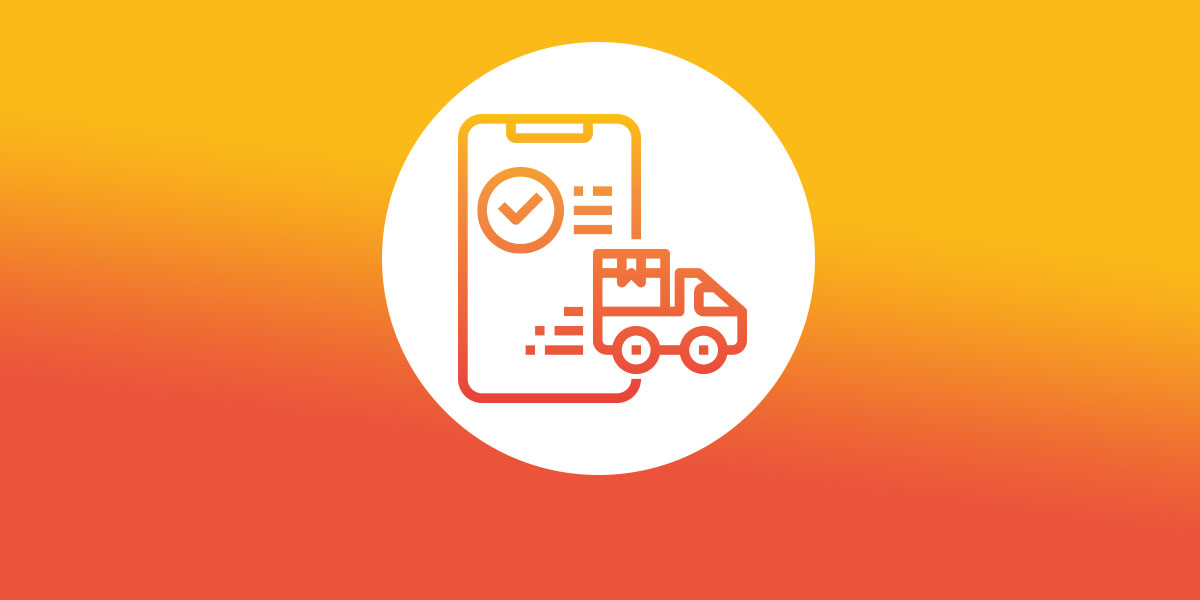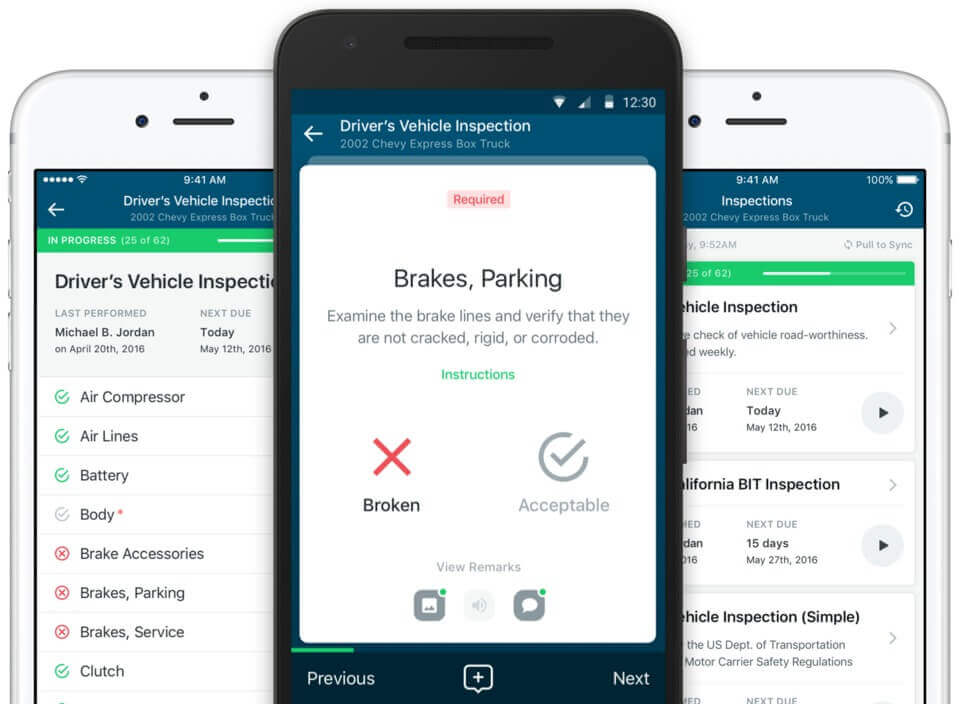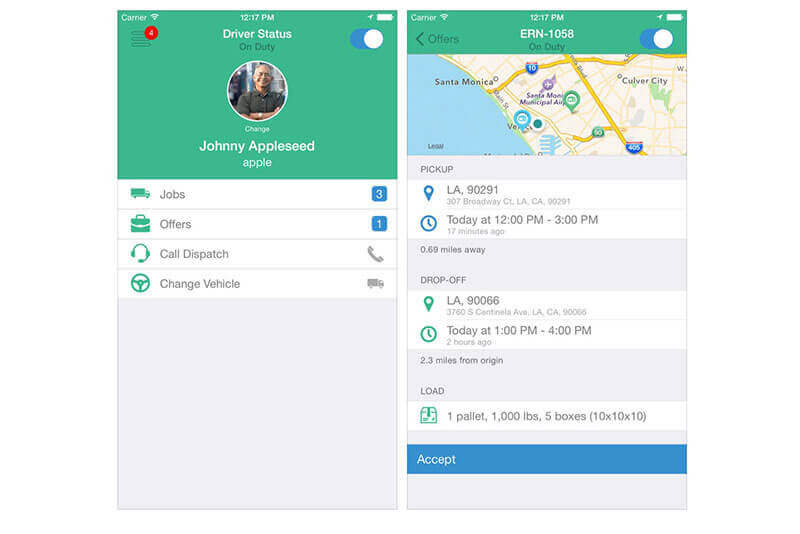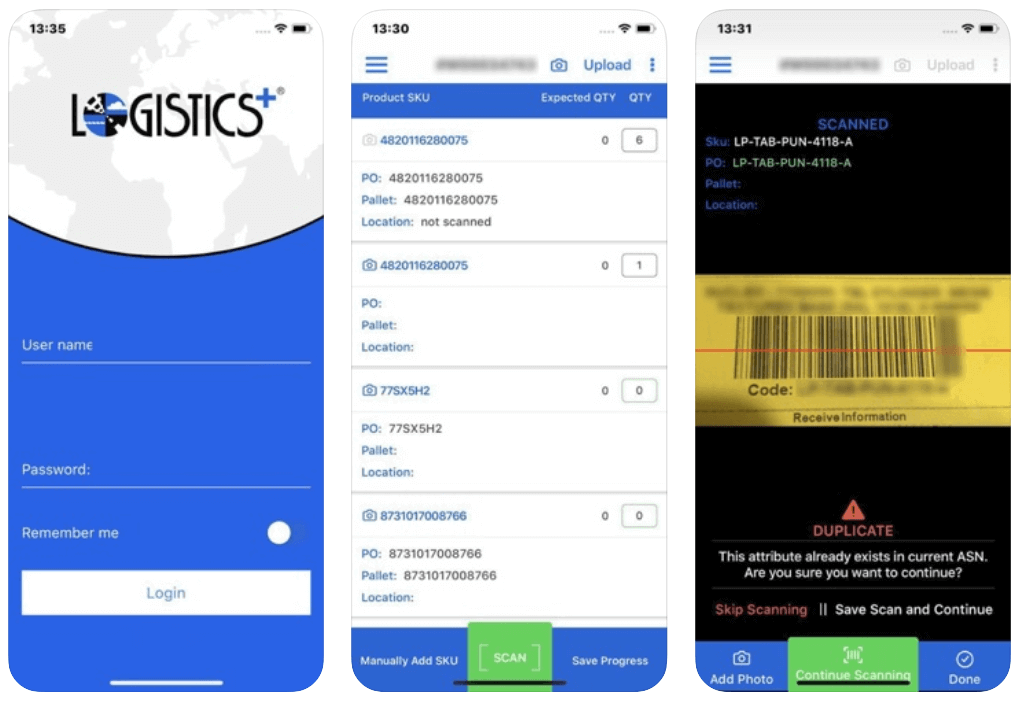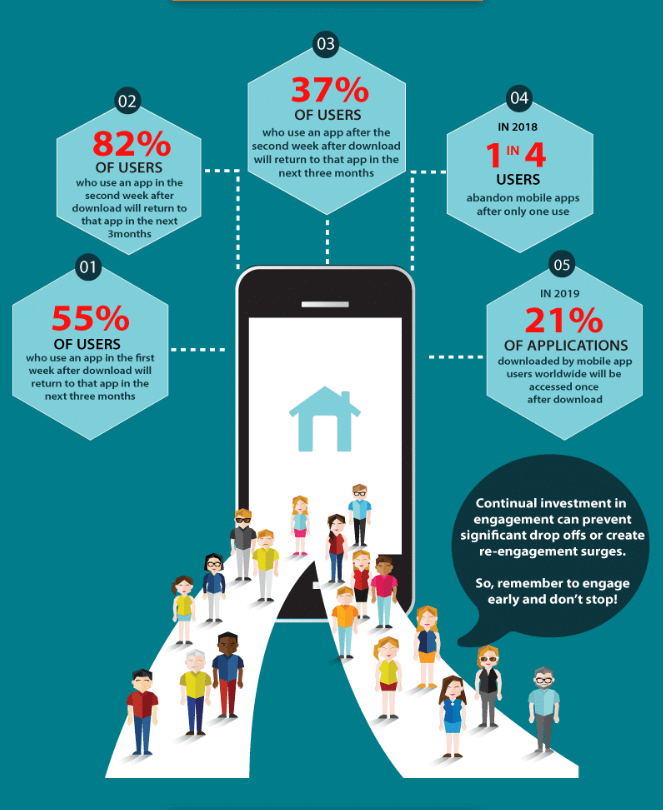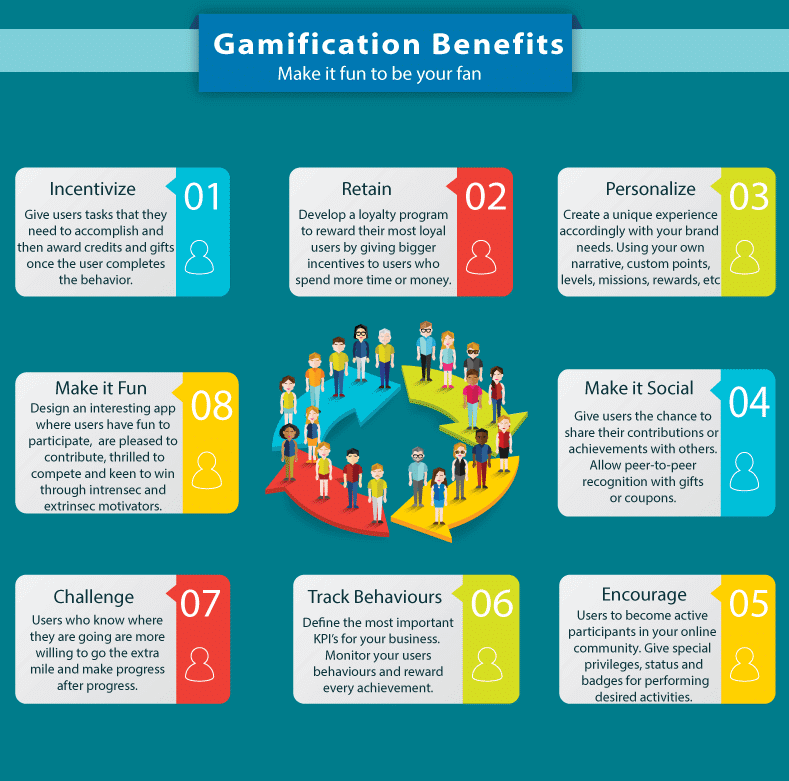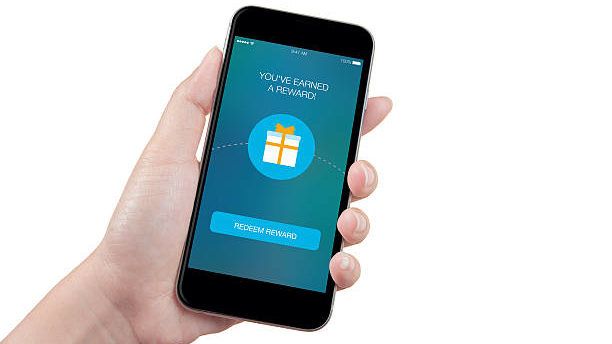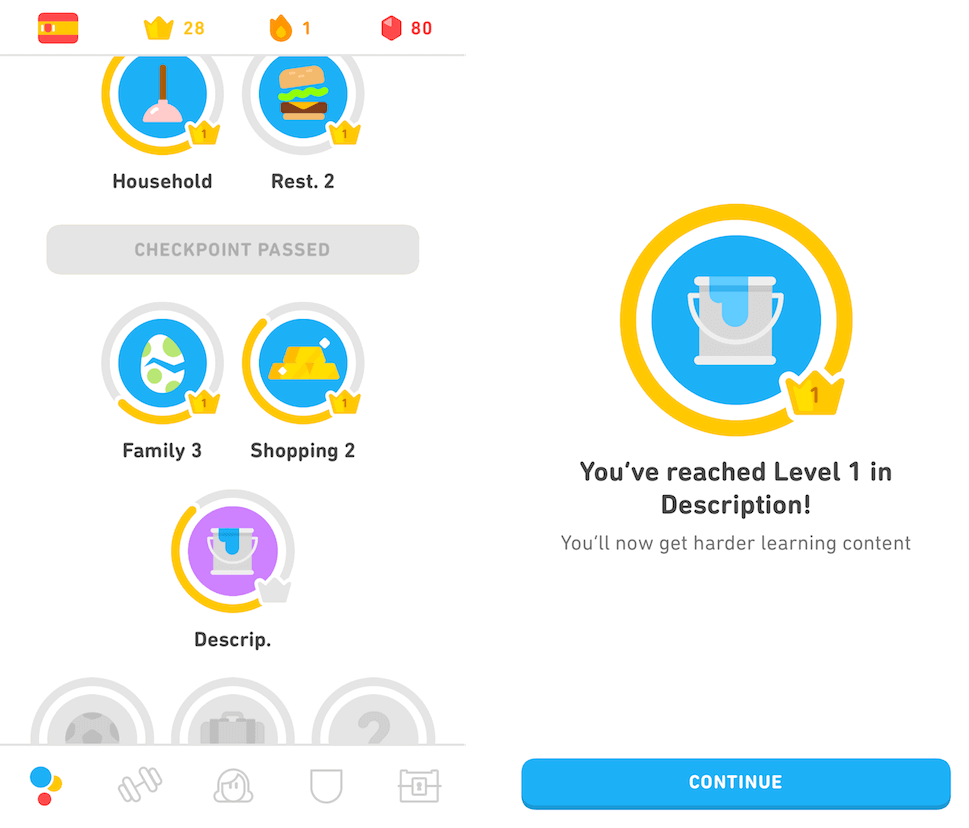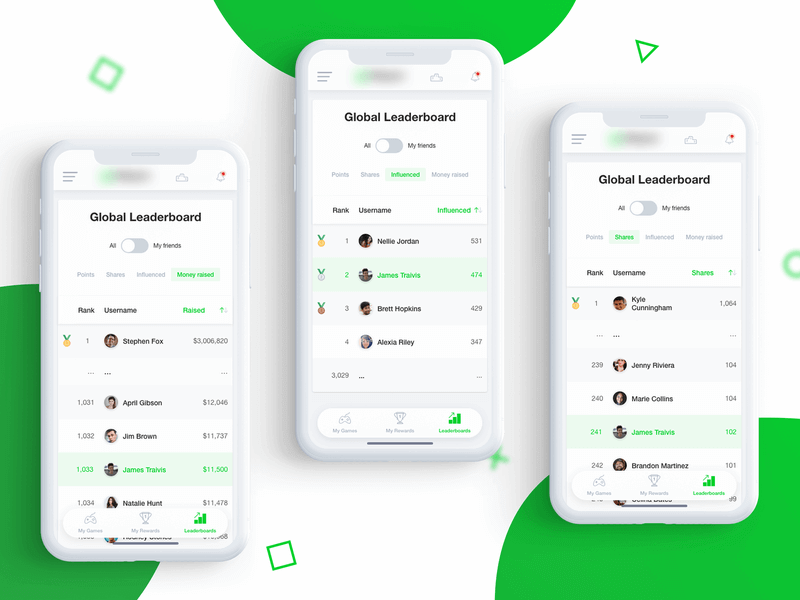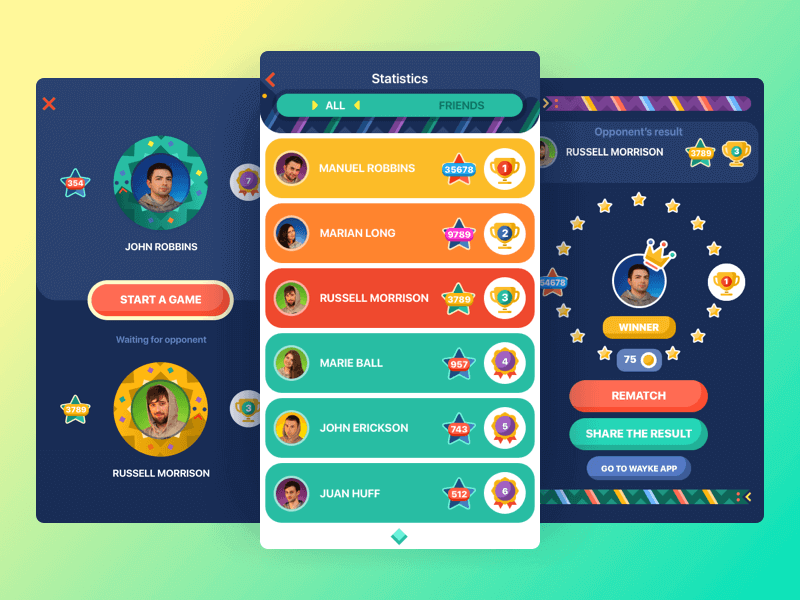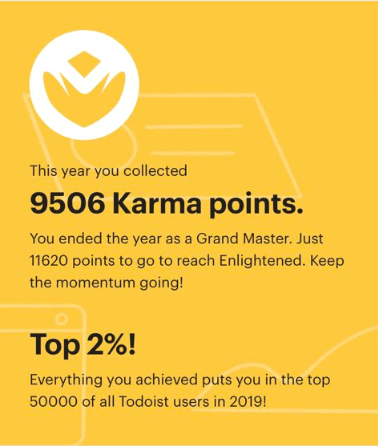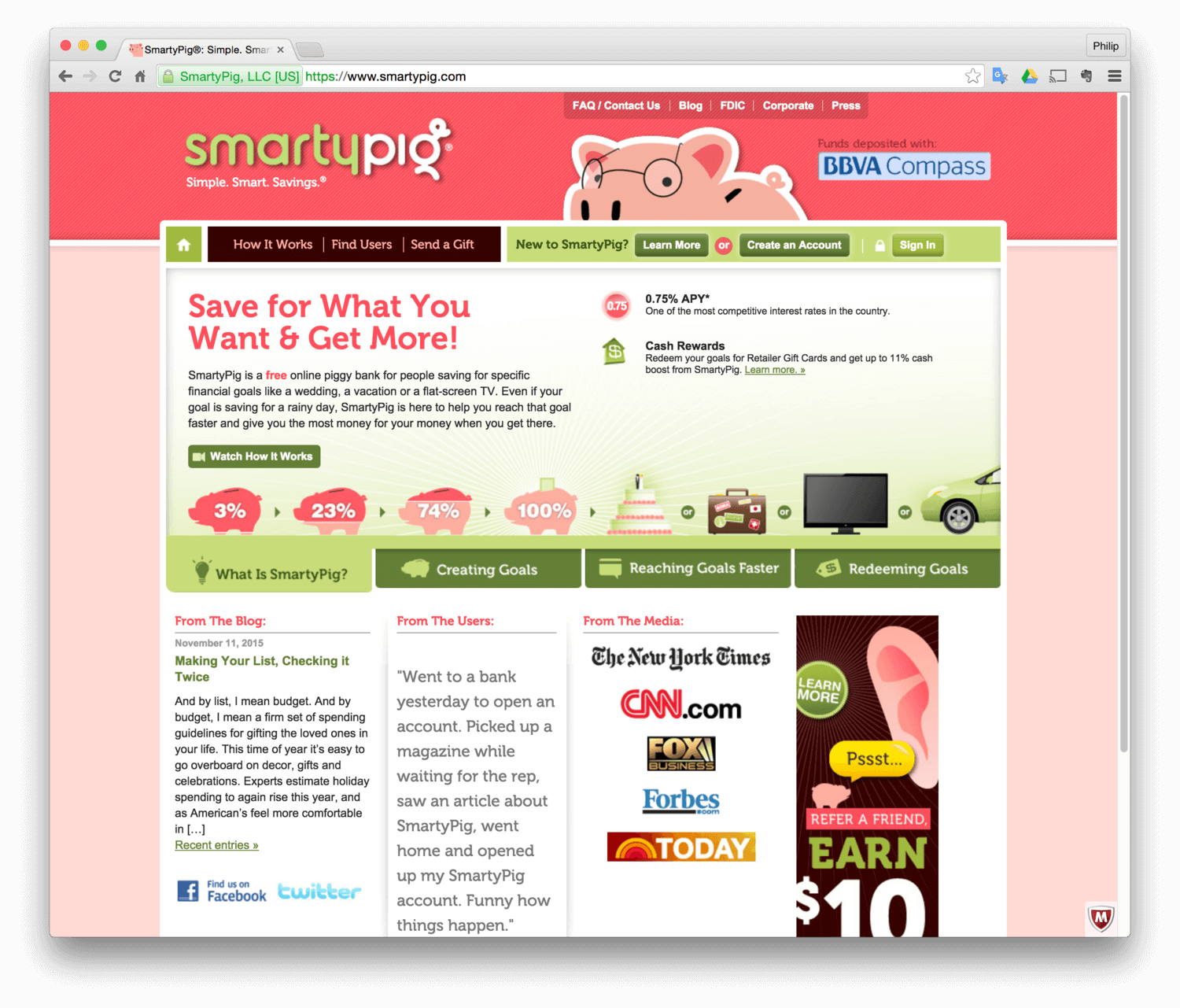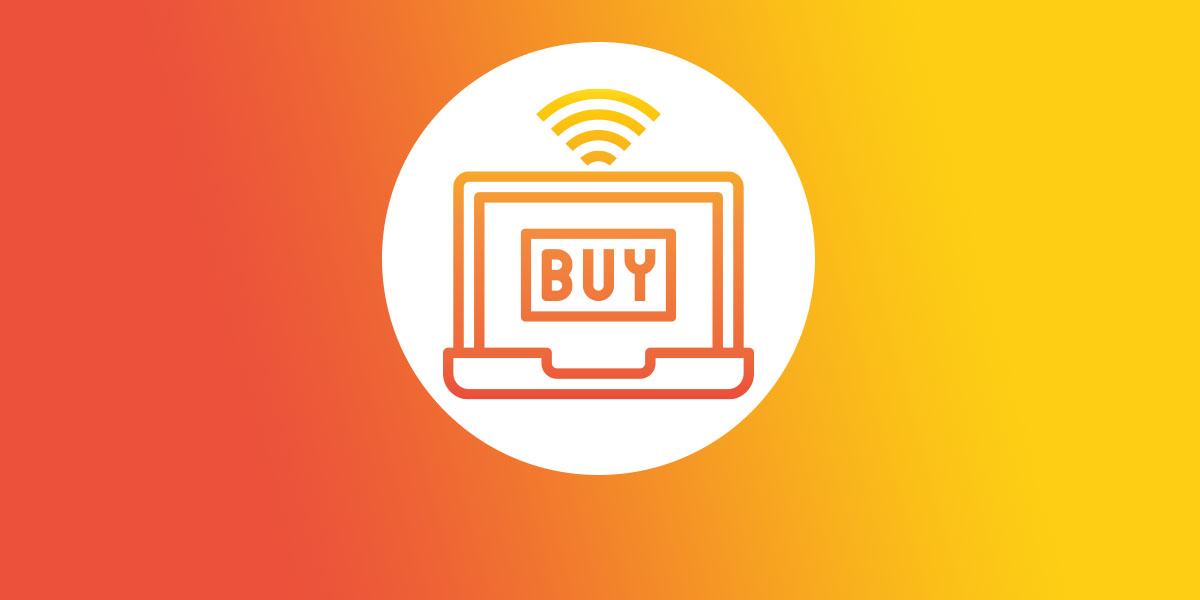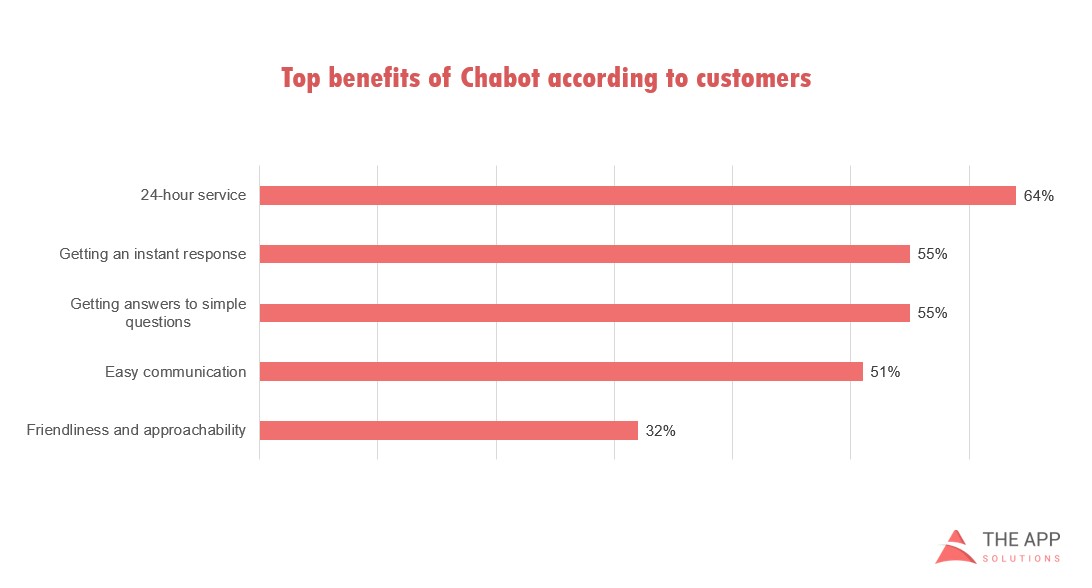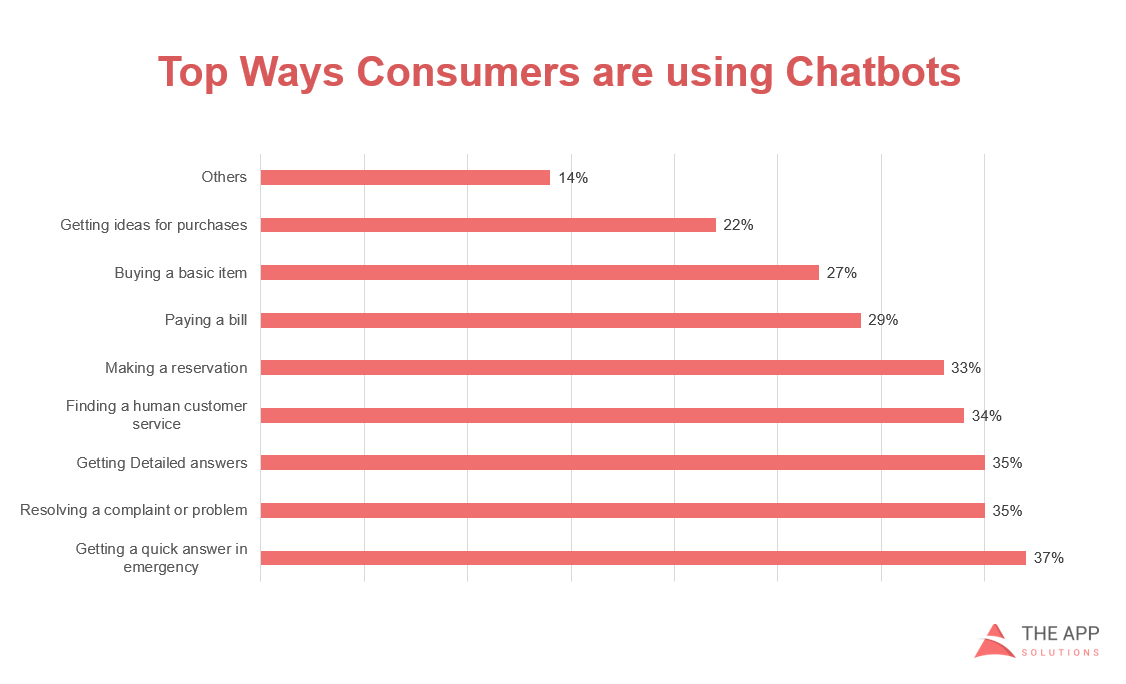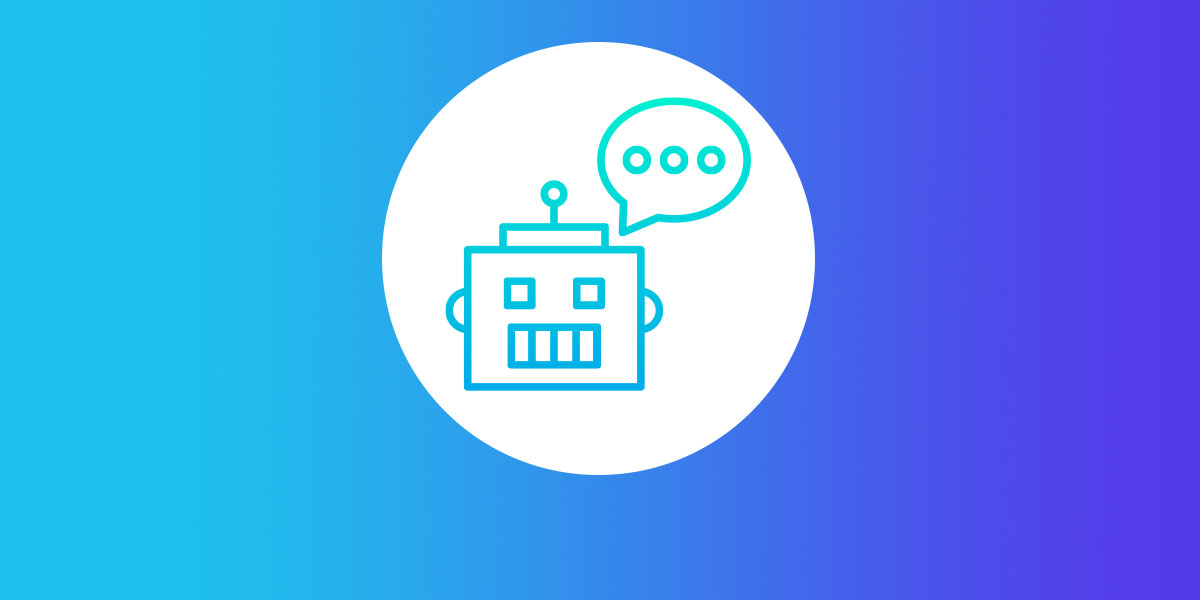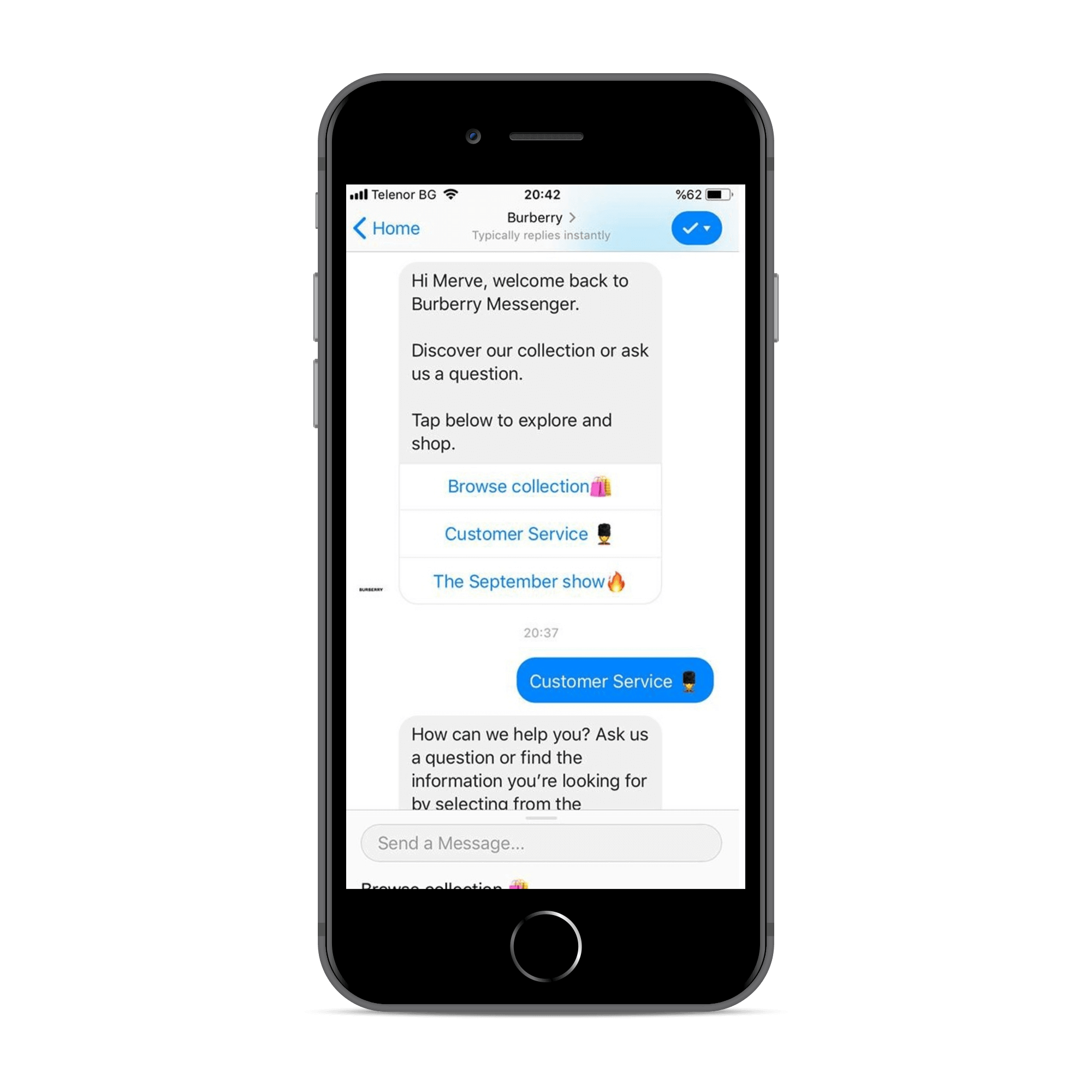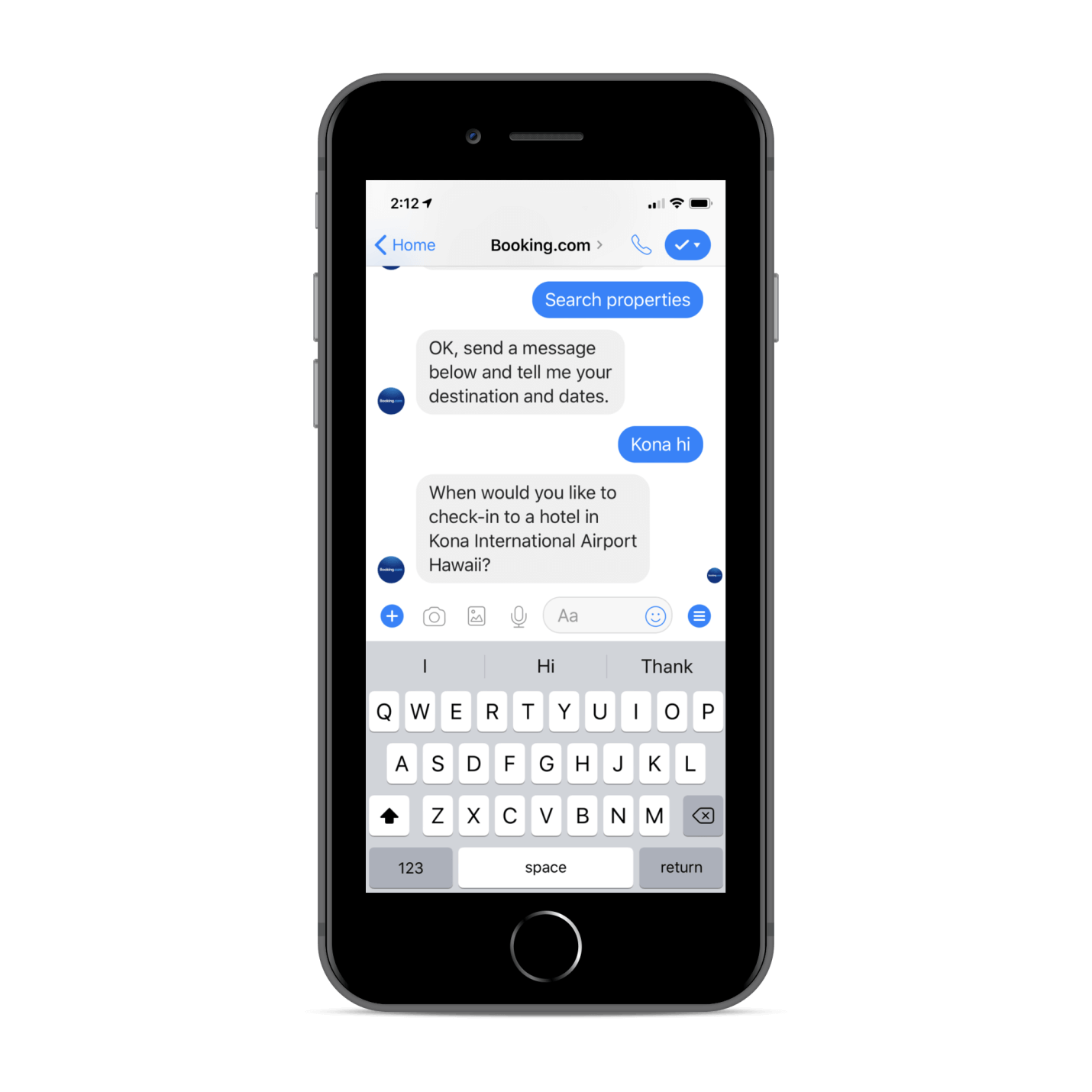We live in a fast-changing world that brought a considerable amount of stress humans didn’t face before. Thus, to reduce daily stresses and improve our mental health, we should apply modern technologies, including meditation mobile apps.
At the same time, the example of the Headspace app, with more than $100 million annual revenue, shows that the niche of so-called “self-care” apps is quite profitable. Moreover, a Statista report showed the meditation market in the U.S. was estimated to be worth around 1.21 billion, and now is predicted to be worth 2 billion by the year 2022.
The National Center for Complementary and Integrative Health reported that 18 million U.S. adults (8%) use meditation to improve their mental health, since it is a working method to improve attention, mental health and increase creativity and other benefits: 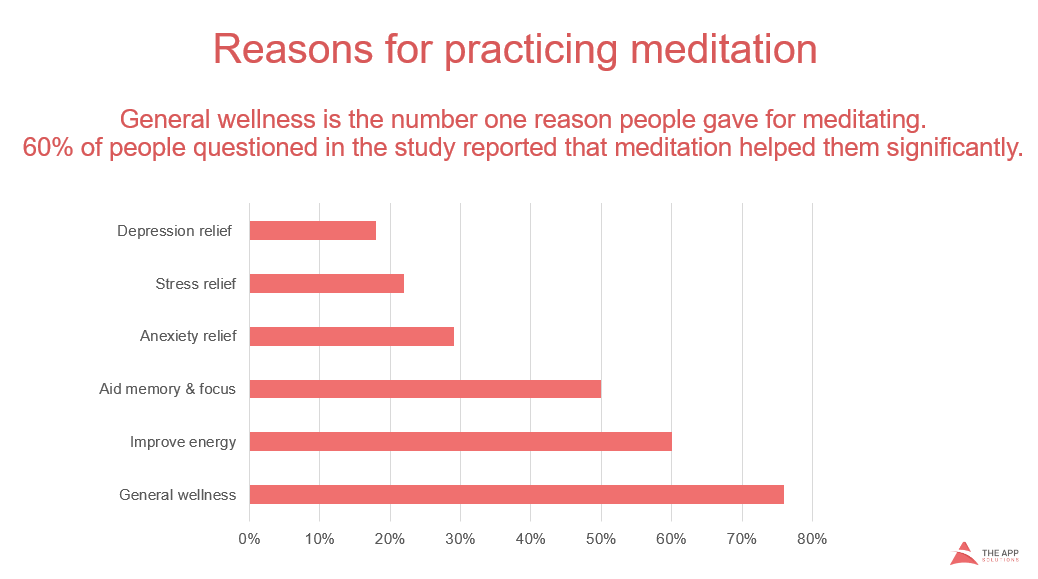
To give you an idea of how to create your own meditation app, we have gathered tips on how to develop a profitable and scalable app, its essential features, and app MVP estimation.
WHY CREATE A CUSTOM MENTAL HEALTH APP
Steps to develop a Headspace app clone
To succeed in meditation app development, you need to go through the stages described below.
Step 1. Decide on your business idea
Before hiring the app development team, you need to clarify the concept of your app, i.e., decide on the app type. Currently, there are the following types of relaxation meditation apps presented on the market:
Guided meditation apps. Such applications include a playlist of pre-recorded guided meditation tracks, divided by topics like anxiety or stress-reduction, SOS meditations, and so on.
One example of such an app is Headspace. The app welcomes new users with short animations of meditation techniques explained and provides a library that includes numerous meditation courses, as well as short meditation lessons.
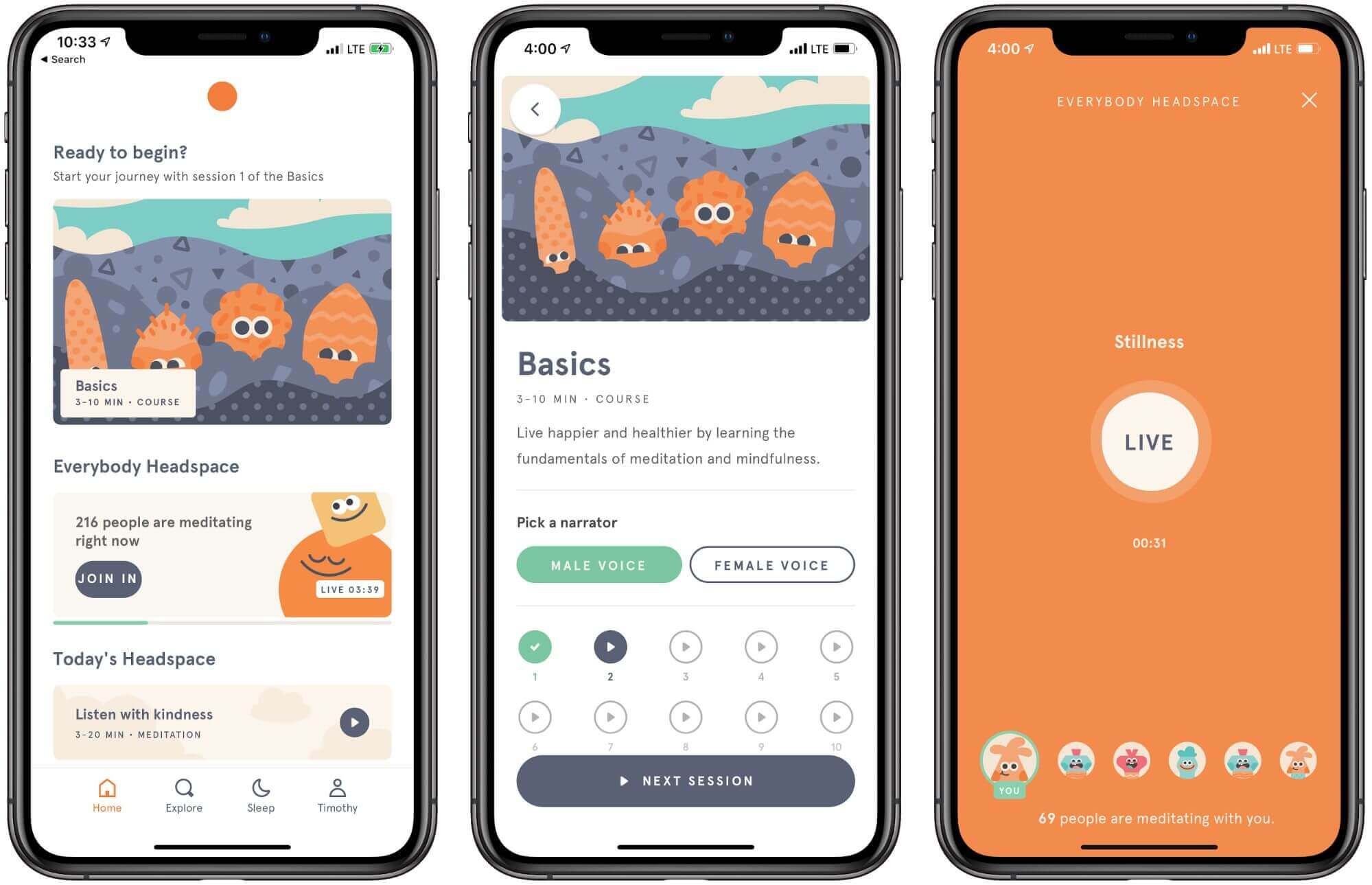
[Source: Techsoup Canada]
Mindfulness morning meditation apps. As a rule, such apps include a list of relaxation sounds or even mantras to meditate on. Another app feature is a timer to track the meditation sessions’ length and information on breathing exercises.
The most popular mindfulness meditation app is Calm. Apart from the features, we have described above, Calm users receive access to sleep stories, customizable sound settings, mindfulness reminders, session history, and Calm online communities on Facebook, Twitter, and Instagram.
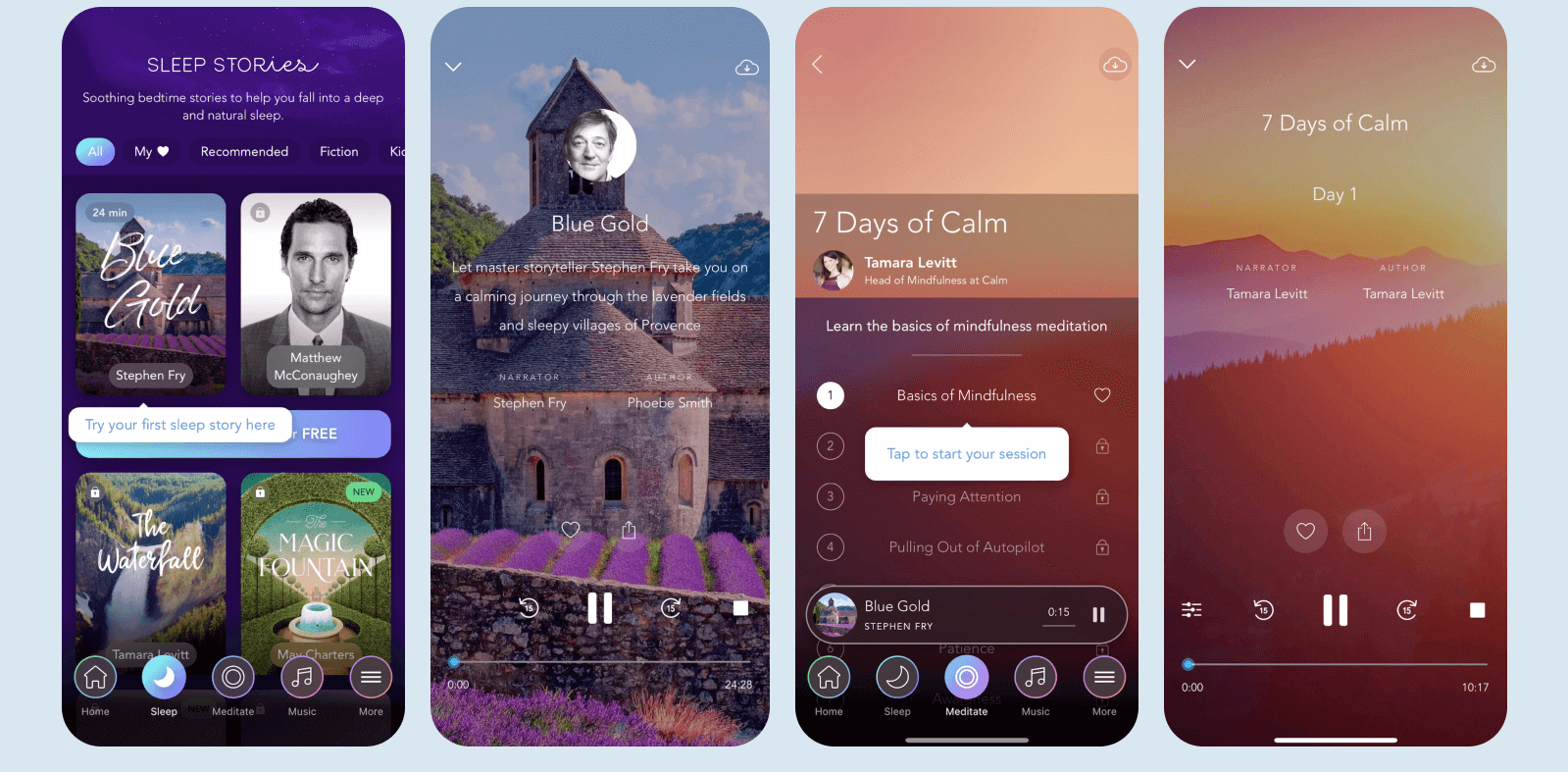
[Source: App Store]
Meditator network apps. As for average social networks, such apps for meditators are aimed at creating communities of locals where users can share their experiences with others. Such apps have groups on different topics, an FAQ section for beginners, and even geolocation features to find other meditators nearby.
Insight Timer is a network app for meditators that includes all the features described above. Insight Timer has a library of podcasts with mindfulness experts on neuroscience, psychology, and teachers from the University of Oxford, Harvard, and Stanford.
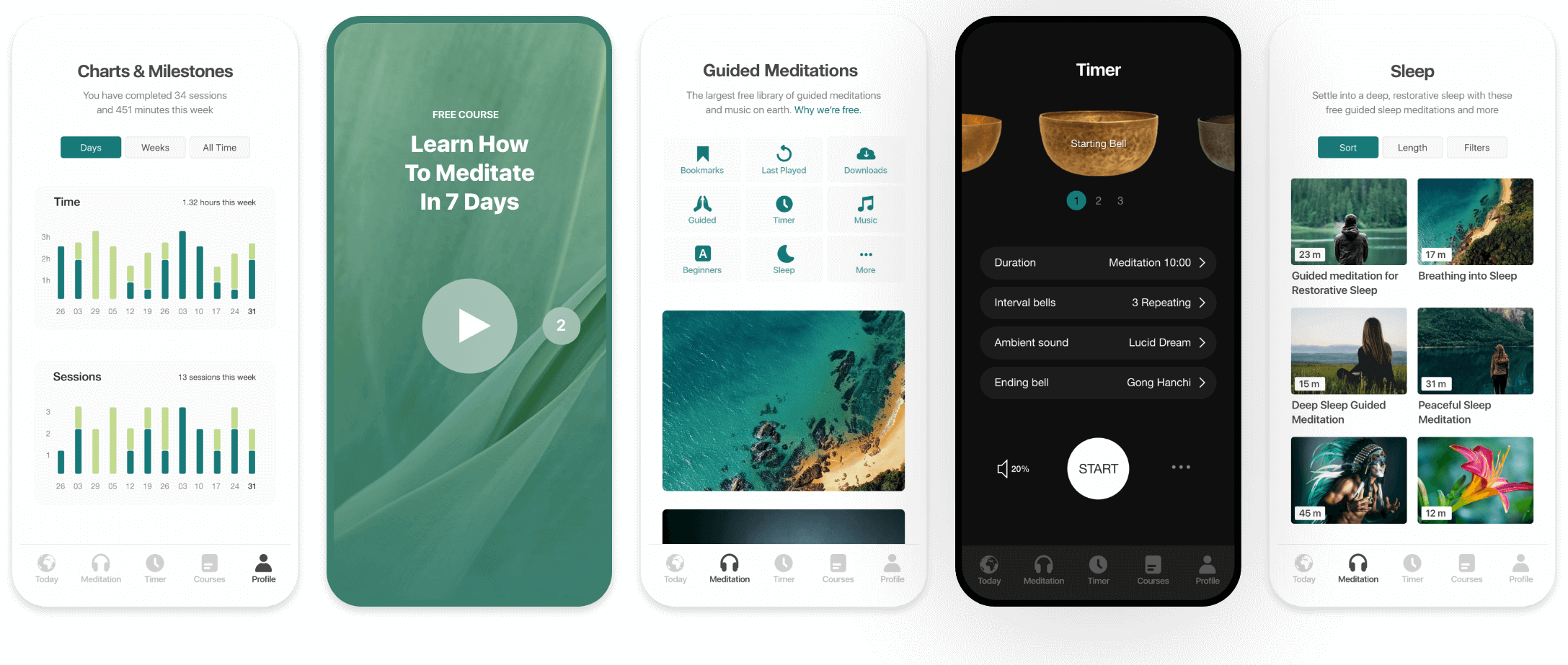
[Source: Insighttimer.com]
HEALTHCARE APPS DEVELOPMENT: TYPES, EXAMPLES, AND FEATURES
Step 2. Select the right approach to UI/UX
If you consider developing a meditation app aimed at helping people with anxiety, stress, and depression, you need to be selective when it comes to the app’s design. After analyzing meditation apps like Headspace, Calm, and Insight Timer, we gathered the following design tips:
- Avoid bright colors. Instead, use a more natural palette of pastel shades.
- Do not use too many design elements at once. Overloaded patterns distract app users from their initial goal – to get rid of stress.
- Use animations instead of text. Animations work best for welcome screens, meditation technique explanations, and updates on the user’s progress stats.
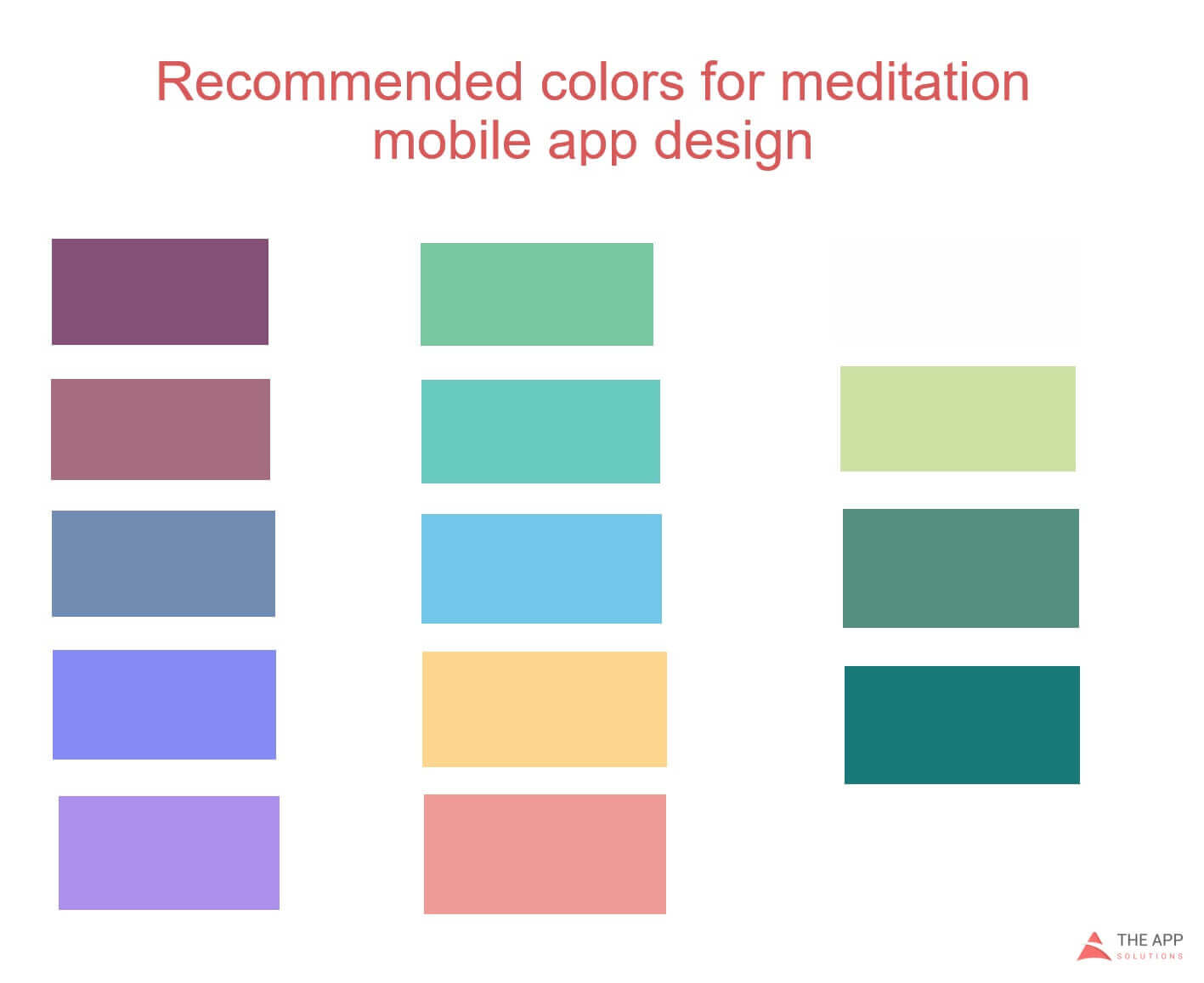
Step 3. Choose the mobile app platform
If your budget allows, you can pay for the development of apps for both Android and iOS. But if your budget is limited, you need to select the platform carefully. Android and iOS users have different demographic profiles. Thus, you need to choose the app platform depending on the information about your target customers, their preferences, location, level of income, education, and so on. To find out more, read our article IOS vs. Android app development.
The alternative approach is to develop a cross-platform app using React Native, Flutter, or Xamarin programming languages. The drawback of such an approach is that the app should not support native OS features, as authorization via Apple ID.
HOW TO MAKE A MEDICAL APP IN 2022: THE ULTIMATE GUIDE
Step 4. Consider Gamification for user engagement
To gain the first thousand app users is not a big deal; you can do this using marketing campaigns and an active social media presence. The plan is to encourage people who downloaded your app to use it daily. Otherwise, users will delete your app, and your monetization strategy will fail.
To avoid this situation, think about how you can use gamification in your app beforehand. For instance, you can integrate gamification elements, such as points, to motivate app users to listen to meditation sessions each day and make progress. After each meditation session, users receive points and collect them to unlock the next level of the meditation program. 
[Headspace gamification example]
Step 5. Use the MVP model
If you want to validate your business idea on a meditation app without spending a fortune, consider creating an app MVP, an app version with minimal functionality. In this way, you will not only save money but also analyze user behavior to add the most demanding features during the second development stage.
In building a meditation app MVP, we strongly advise avoiding sophisticated features, such as in-app payments, chats, and video streams. Instead, your meditation app MVP might include:
- Registration and sign in
- User profile with progress stats
- An introductory course in the form of a short video or animation
- Limited library with pre-recorded meditation sessions
- Gamification for entering a new meditation level
Now it is time to find out how much a meditation app will cost.
What solutions can we offer?
Find Out MoreHOW MENTAL HEALTH CHATBOTS HANDLE STRESS?
How much does an app like Calm cost?
Unfortunately, there is no single answer to this question since the app costs consist of the number of features and OS platforms, the development team composition, and the hourly development rate. However, we can estimate how much time our development team needs to make a meditation app MVP.
To make this info easier to perceive, we have split the estimation in hours into crucial app blocks:
| Feature/Screen | Design | FrontEnd | BackEnd | Android/iOS |
| Create/edit/delete categories of meditations | 6 | |||
| Gamification | 12 | 6 | 32 | 6 |
| Home screen | 8 | 16 | 12 | |
| User registration, login, pass recovery, log out | 16 | 40 | 32 | 40 |
| User profile( edit ) | 6 | 16 | 16 | 16 |
| Public user profile page | 8 | 16 | 4 | 16 |
| Library | 8 | 16 | ||
Library Management | 32 | |||
| Animation | 40 |
To receive a more precise estimation, use our project cost calculator.
Also, take into account the following essential components of the app development process:
- QA from 50 hours
- BugFix from 20 hours
- Project Management from 40 hours
- Project Documentation from 30 hours
To sum up, the meditation app development cost starts from $30K per platform.
HOW MUCH DOES IT COST TO DEVELOP AN APP: DETAILED FEATURE BREAKDOWN
Development of meditation mobile app: things to consider
Before hiring an app development team to create apps like Headspace, you need to consider vital elements for further app monetization, scaling, and adding advanced features. So, what are these elements to consider before building apps like Calm?
Architecture
While your app MVP will include only a limited amount of pre-recorded meditation tracks, their number will increase in the future. To avoid issues related to mobile app scaling, we recommend developing mobile backend services using cloud solutions, such as Google Cloud. In this way, you receive a scaling architecture for sharing and processing data from multiple users and storing large files. Moreover, such an approach has the following benefits:
- Reduce on-device data storage
- Synchronize data across multiple devices
- Send notifications and messages
- Minimize battery drain
Live Streaming
The number of meditation mobile apps increases each year. To stand out from the crowd you should give your users additional value. Thus, consider a live video streaming feature as a unique selling proposition (USP) of your meditation app.
Luckily, you can empower your app with broadcast-quality live linear stream across iOS and Android devices using:
- Google Compute Engine, Cloud Storage, and Cloud CDN for infrastructures
- Anvato SDK for high-performing live streaming
In this way, you can integrate a live streaming feature in the existing mobile app back-end on the Google Cloud platform without extra costs.
As a Google Cloud Partner, we are ready to help you with mobile app backend services and live streaming solutions provided by Google Cloud, so do not hesitate to contact us.
Considering Developing a Healthcare Mobile App?
Download Free EbookWHAT TECH STACK TO CHOOSE FOR YOUR PROJECT
Monetization strategies
There are several business models used for mobile app monetization
| Subscription | Most apps of this type use this monetization model. When the user downloads the app, one receives from one to two weeks as a free trial. At the end of the trial period, the app user should buy a paid subscription to continue using the app or receive access to a more advanced app version. |
| In-App Purchases | With this model, your app users will pay you to unlock premium content, such as specific session packs or paid features like video streaming with a meditation mentor. |
| Pay Per Download | The paid app is the least popular monetization model for meditation mobile apps. Still, apps like Buddhify continue using it. The logic is simple – to download your app, users should buy it in the App Store or PlayMarket. Here you need to consider that both platforms charge transaction fees from 25 to 30% of the app’s cost. |
| Ads | You can charge other businesses cost-per-click or cost-per-mile for running ads on your platform. However, this monetization model works only for apps with a significant amount of active users. |
Closing thoughts
Mobile apps may be used, not only for distracting you with endless push notifications but also as a guide to a more happy and mindful life.
While the market of meditation apps is new, it has to encourage earning potential.
By using our tips on how to create a meditation app, you can create an outstanding mobile app that will meet user expectations.

